Aishwarya and myself were at the pan Asian early, which gave me the opportunity to have a chat with Chef Ashish. It was then that I realized that I have dined in his restaurants earlier (My Humble House at Maurya, Delhi & Edo at ITC Gardenia ). In fact Edo is my definite favourite Japanese Restaurant in the country.
The Brunch is a sit down brunch and drinks (mocktails and spirits) were served along with the different courses.
The First Course of the day was the
Sashimi..Which Consisted of the
- Premium sashimi Chutoro (Fatty tuna)*,
- Shake (Fresh Salmon)
- Uni(Hokkaido Sea Urchin)
One of the most interesting parts was the Wasabi, which was Fresh Sawa(Field Grown) wasabi. This is a practice in many fine dining restaurants, where the paste is prepared when the customer orders, and is made using a grater to grate the stem. It is believed that once the paste is prepared, it loses flavour in 15 minutes if it is left uncovered.
* Maguro (Japanese for Tuna) Sashimi comes in three main grades – the first is ‘akami’ this is the red meat , it is ‘normal’ tuna.
After the akami is 'Toro' which is the fattier ‘belly’ part of the tuna and is further divided up into two parts.
1. Chutoro (chu-toro) is medium fatty tuna – found next to the akami moving down towards the belly tip of the fish.
2. Otoro (o-toro) this is the fattiest part of the fish.
The first time I had tried the 'John Dory' fish was in South Africa (they have a chain of sea Food restaurants in SA called the 'John Dory') .
John Dory* is a saltwater fish with delicate white flesh and a firm, flaky texture. It has a mild, slightly sweet flavor and can be served fried, sautéed, baked, steamed.
This fish is extremely difficult to source and considered a delicacy, and can command a high price in fine-dining restaurants. A famous chef once told me that its one of the best fishes to make that most prosaic of dishes — 'fish and chips'.
Which is probably why this particular dish from Chef Ashish tasted heavenly, just crisp enough with the classic 'John Dory' taste.
*John Dory is also known as 'St. Peter's fish. In France it goes by the name Saint-Pierre, and in Spain the name is pez de San Pedro, both of which reference the fish's biblical association with the apostle Saint Peter. One common story is that, as a fisherman, Saint Peter took pity on this fish and tossed it back into the sea. In doing so, his fingers left distinctive dark "thumbprints" on either side of the fish.
Shishitou Sauce :
Shao Mai is the traditional chinese Dimsum/ dumpling. The chef using scallop (Saltwater clams whose meat is a tad sweet and moist ) was a pleasant detour from the usual dumpling fillings usually available in town !!
The presentation of the dish was spectacular in that the dumplings were crowned with two pieces of plump silken red caviar which were glowing like precious stones !!
Salmon roe is known as ikura in Japanese, and is commonly eaten in sushi rolls or as a topping on rice.
Shishito peppers are a japanese pepper generally served as a starter at popular sushi restaurants! The fun thing about these peppers is that they’re a mild, sweet pepper, yet about one in every ten is spicy!
This particular delicacy is prepared in the Robatayaki grill, which is one of my favourite counters in any Japanese Restaurant.
(In Japanese cuisine, robatayaki literally means "fireside-cooking"), it often shortened to just 'robata' in most restaurants, refers to a method of cooking, similar to barbecue, in which items of food on skewers are slow-grilled over hot charcoal.)
This dish is called Gindara Misozuke in Japanese and is a favourite dish on the Robatayaki. The Black cod, also known as “butterfish” because of its silky rich texture is rich in omega-3 fats. Its creamy white flesh pairs extremely well with sweet miso paste/marinade that is a tiny bit salty. Traditionally Mirin (sweet Rice Wine) and Sake are also added along with Saikyo Miso in preparing this dish !!
I loved this dish though a couple on my table found it a little unpalatable purely because of their aversion to duck meat which has a distinct taste on the palate that's a tad greasy!
Nama Uba: (literally means 'Raw Uba) Uba is a thin sheet made of soybeans. During the boiling of Soya Milk, in an open shallow pan, a film or skin forms on the liquid surface. The films are collected and dried into yellowish sheets known as tofu skin.
This was a succulent medium rare lamb chop with the 'Chili mango' being the twist and the Vanilla puff pastry in the shape of a cigar was different !!
Sushi consists of cooked vinegared rice combined with other ingredients such as raw seafood, vegetables and sometimes tropical fruits. Ingredients and forms of sushi presentation may vary but the common ingredient which all sushi have in common is rice.
Sushi can be prepared with either brown or white rice. Sushi is often served with pickled Ginger (Gari) , Wasabi and Soy Sauce.
- Wok tossed New Zealand lamb with Black pepper
- Stir fried Udon Noodles
- Chilean sea bass in Thai Yellow curry
- Jasmine Rice
- Greens-snowpeas,Asparagus,lotus stem,
I loved the Chilean Bass in the Thai Yellow curry along with Jasmine Rice (Having a spouse who loves this Combination and hence having been forced to try this combination in at least three dozen restaurants across different continents, I can assure you that this one was Good !!! )
The Vegetables were a nice healthy touch to the meal, loved the lotus stem !
*Bento is a single-portion take out or home-packed meal common in Japanese Cuisine . A traditional bento holds rice, fish or meat, with pickled or cooked vegetables, usually in a box-shaped container.
Chocolate rasberry with yuzu curd
Lemon macroon
Passion fruit ice cream with fresh cut fruits
The Desserts were served from the 'Nutmeg' the Gourmet shop inside the Hotel. I loved all three of the desserts. The macaroon was a tad too soggy (though i have had the macaroons on earlier occasions at Nutmeg and were always crisp and yummy, so i guess this was just an aberration )
Everything about the Grand Chola is 'Grand' in scale and the Pan Asian resturant is no exception. The restaurant is HUGE with a well lit wood based decoration. The kitchen is an open pattern on one side of the restaurant. There is a private dining space on the upper level called the 'Champagne lounge' where we were fortunate to be served !!
Among the other people on the table I was one of the only ones who was making his first visit to the Pan Asian, which in a way was good that i went there with no prior points of reference or expectations. Having had a chat with Chef Ashish earlier and realizing that he was the man behind 'Edo' at ITC Gardenia in Bengaluru I had a feeling he was going to floor us with the Japanese Cuisine, which is exactly what he did while doing full justice to the Chinese too.
Each chef has a certain style and philosophy which he embraces in his delivery. Chef Ashish i felt stuck to strong traditional basics of the cuisines he dished out without resorting to distracting Theatrics in presentation. There were definitely subtle touches too which were definitely his signature.
Chef Ashish Singh has ensured that 'Pan Asian' is THE definitive destination for pan Asian Cuisine in this neck of the woods and I look forward to dining here again (Maybe when Wagyu comes back on the menu again ) .....
Go for it..You will not be disappointed !!
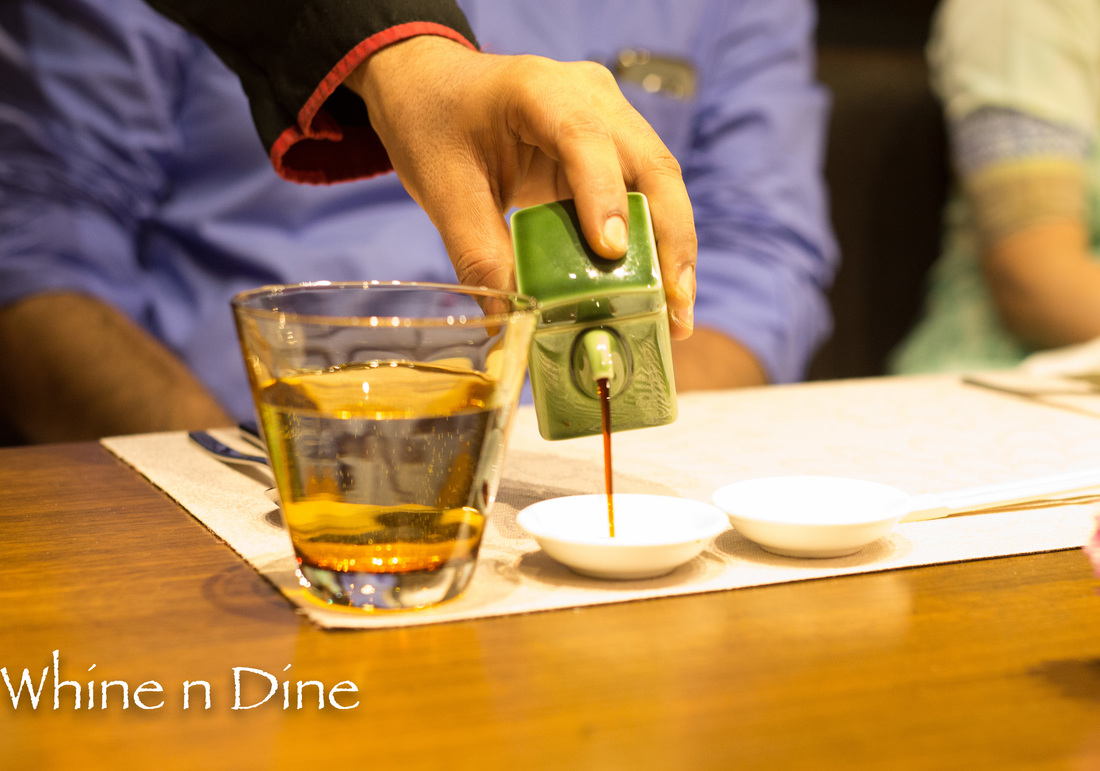
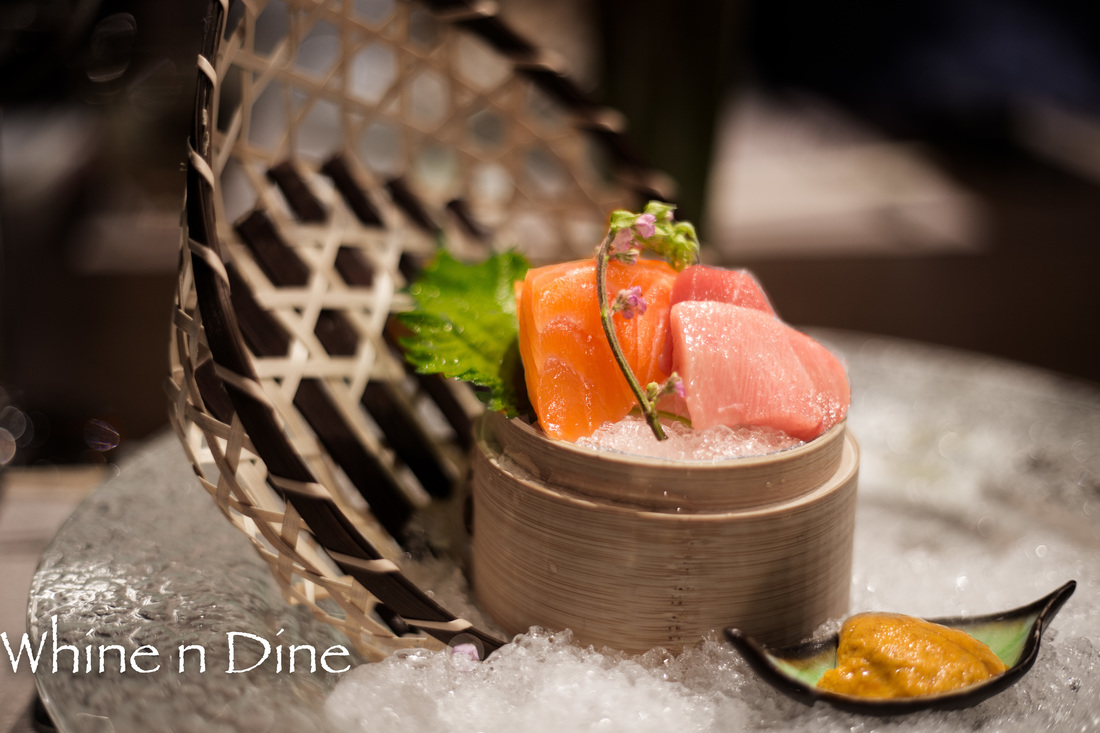
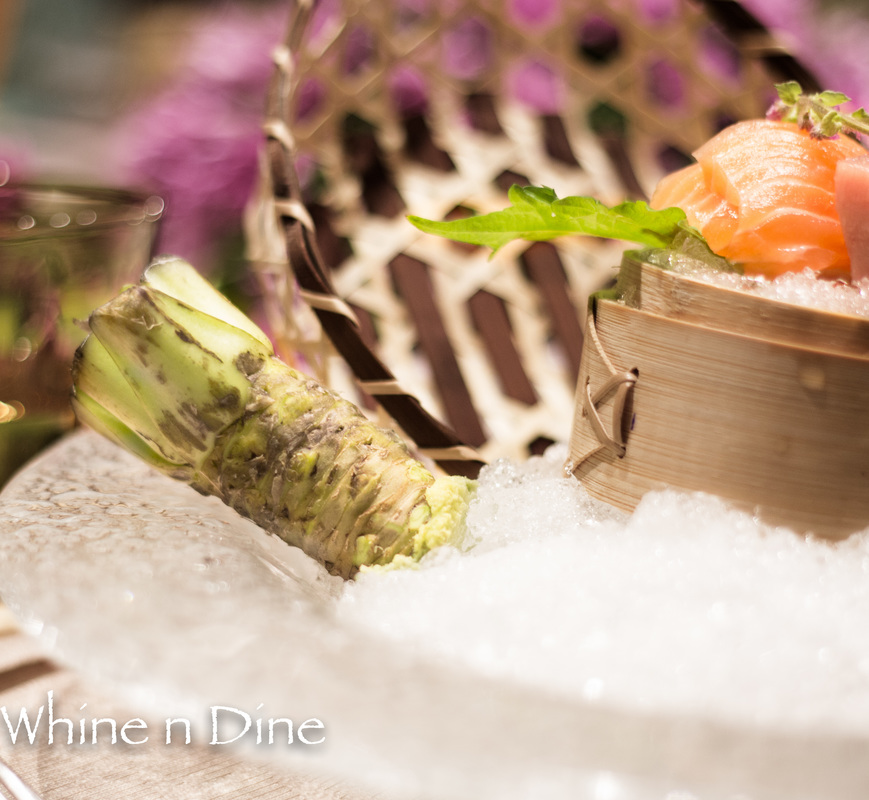

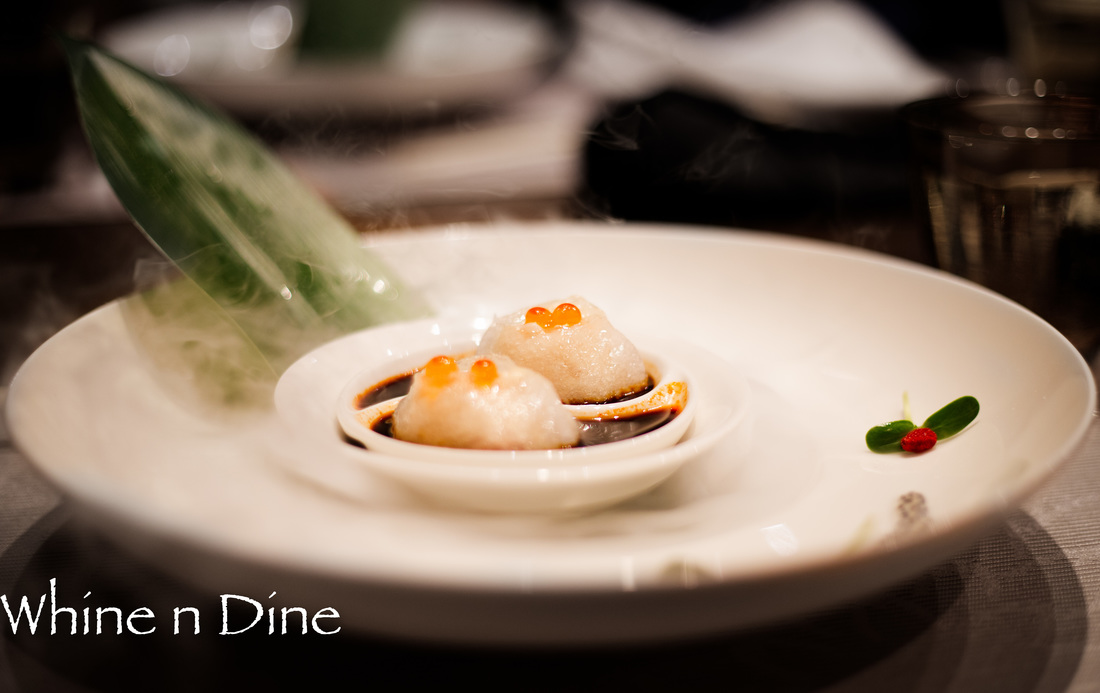

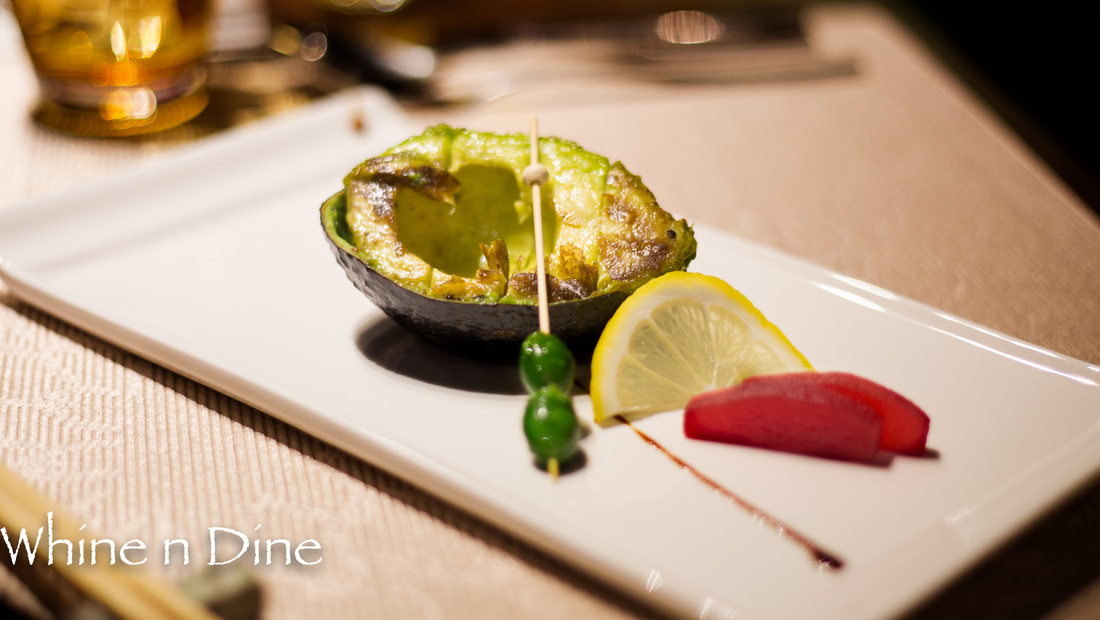


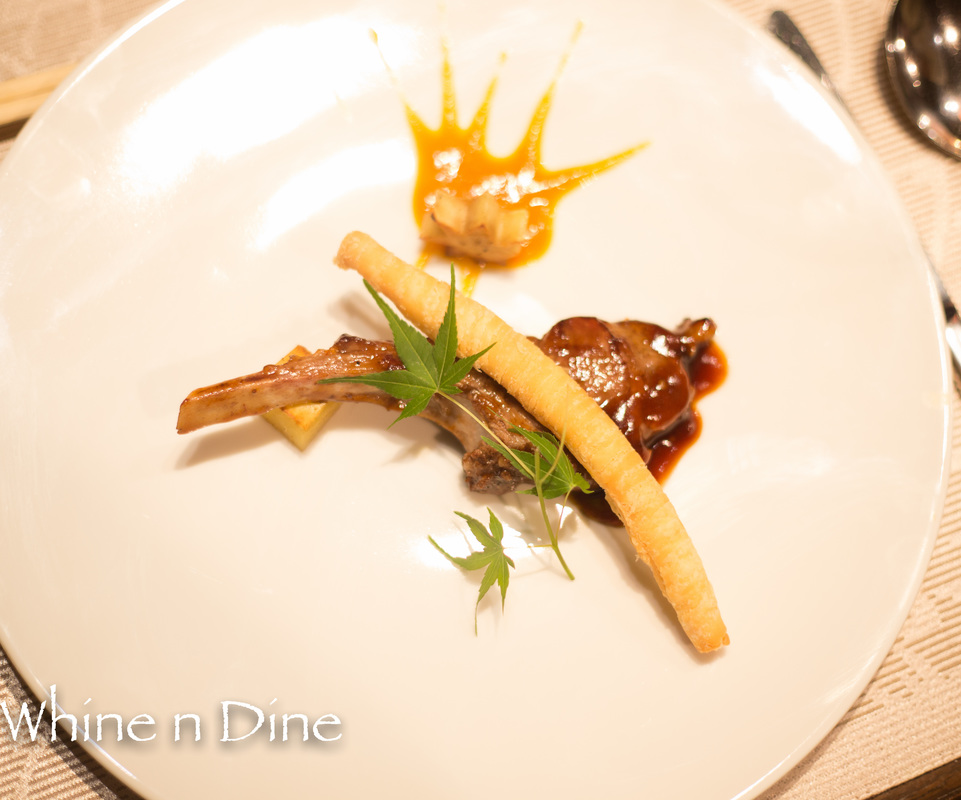
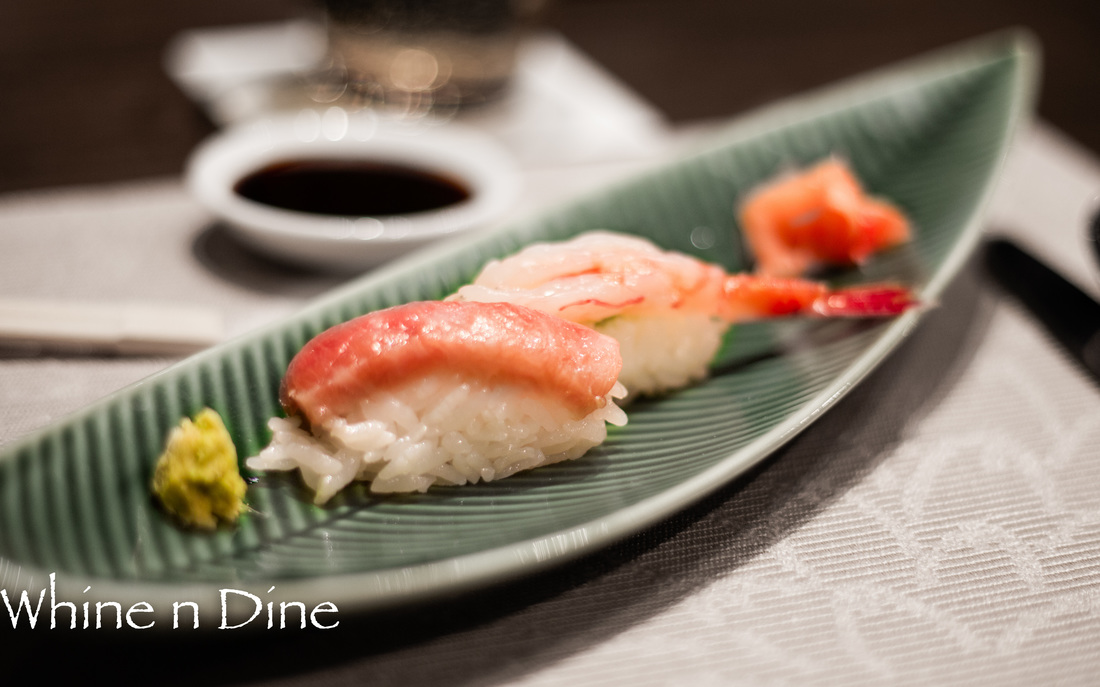
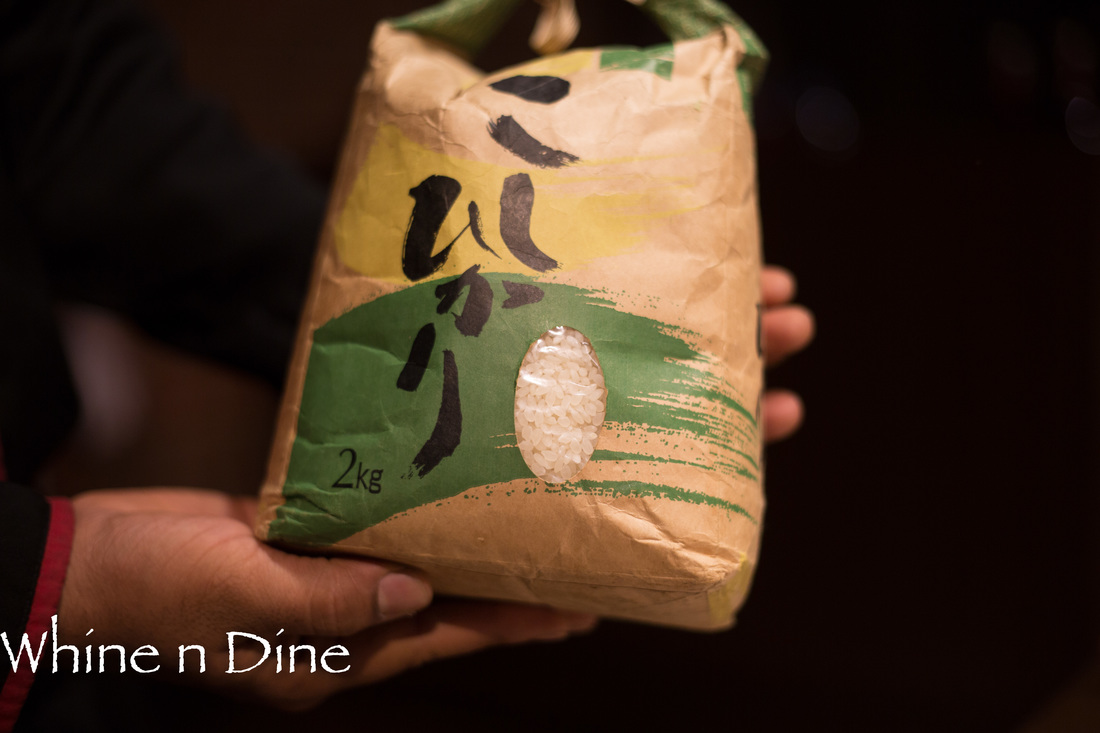
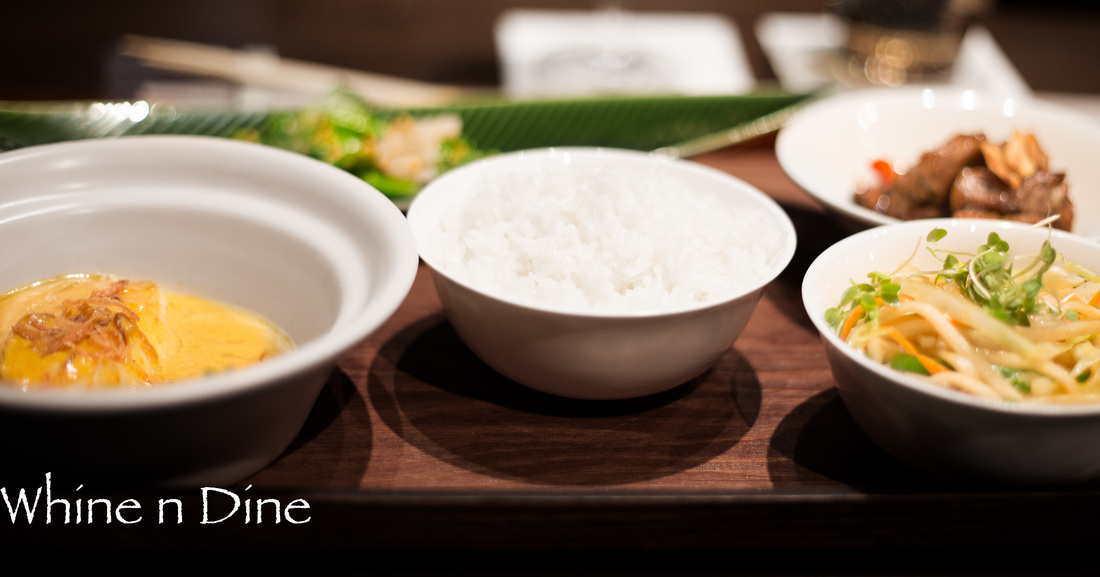
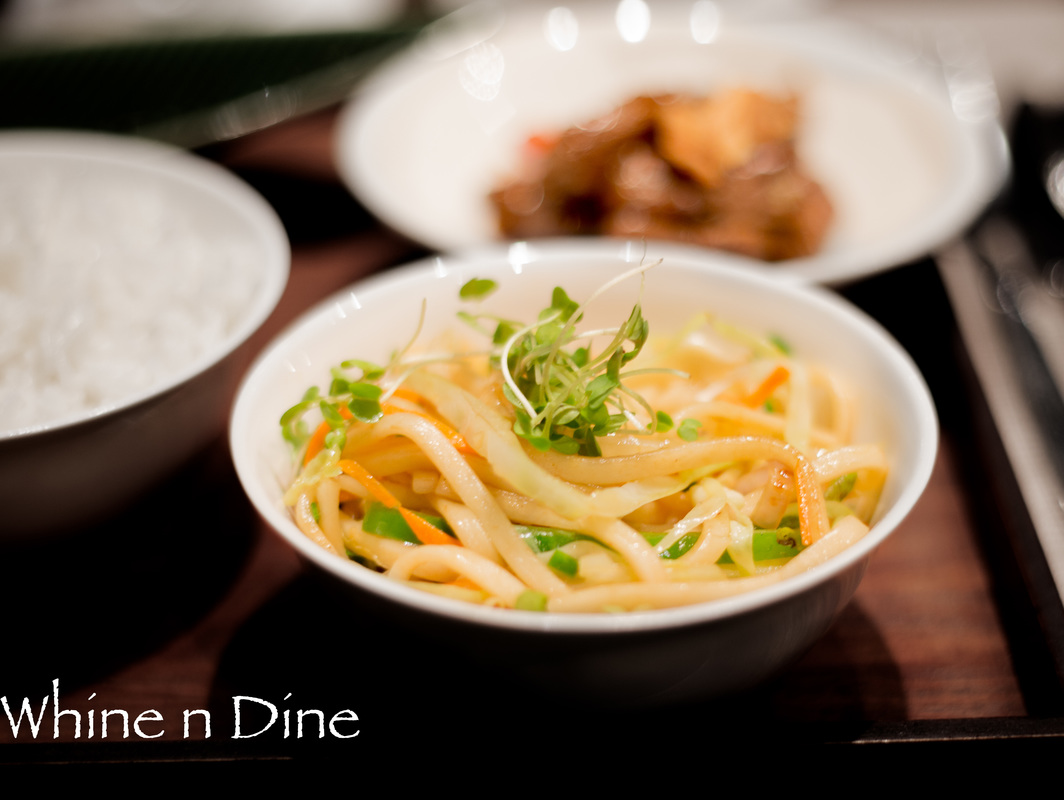
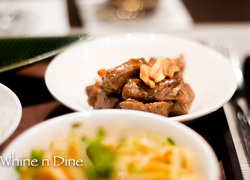

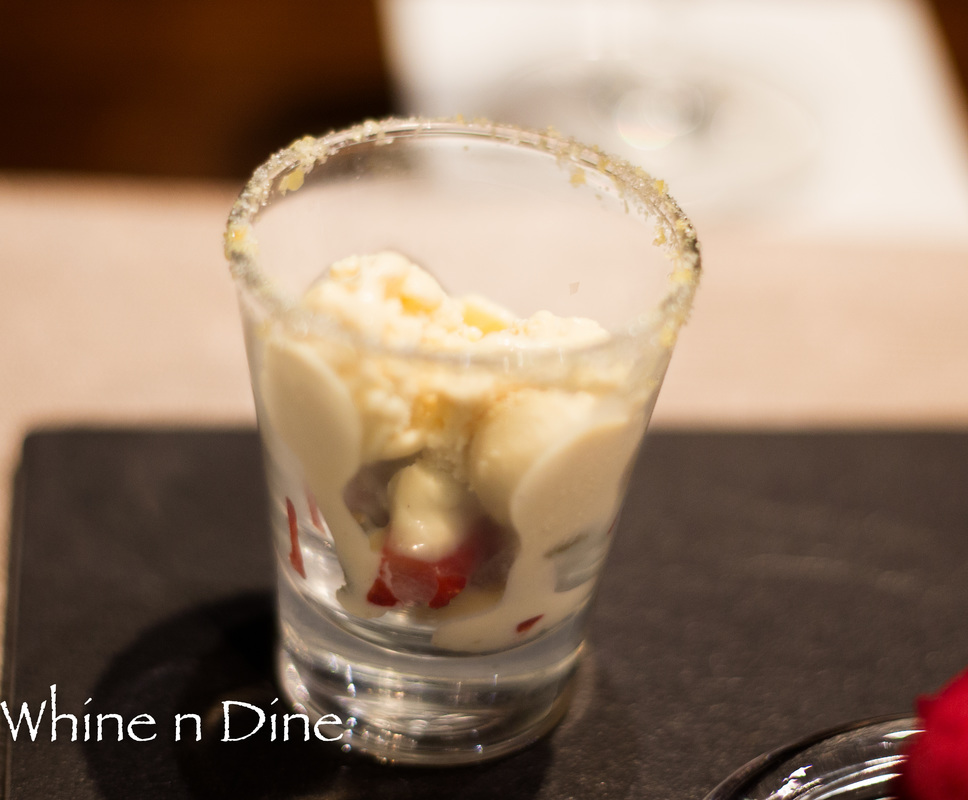
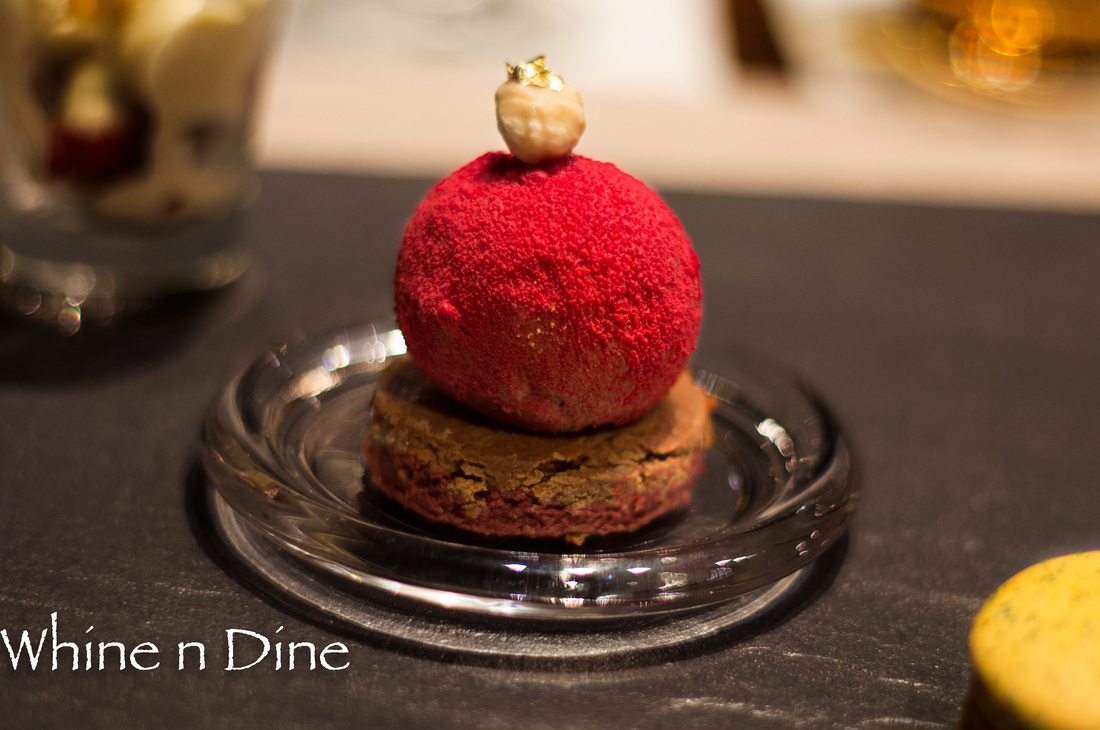
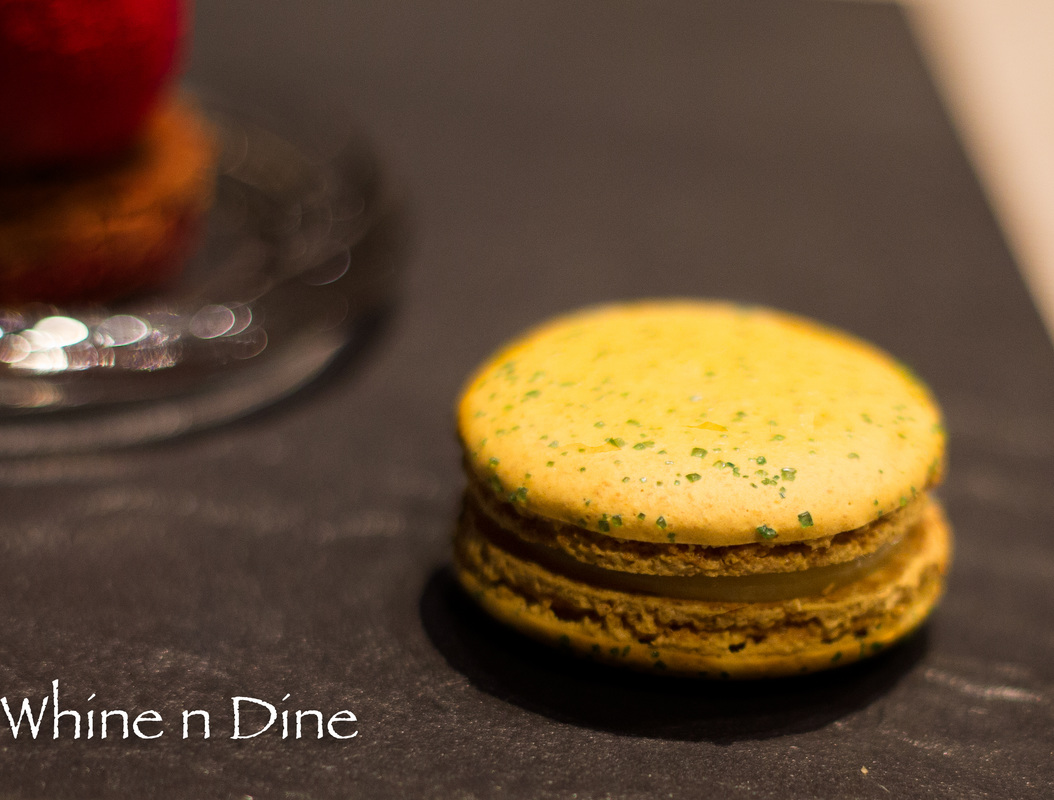

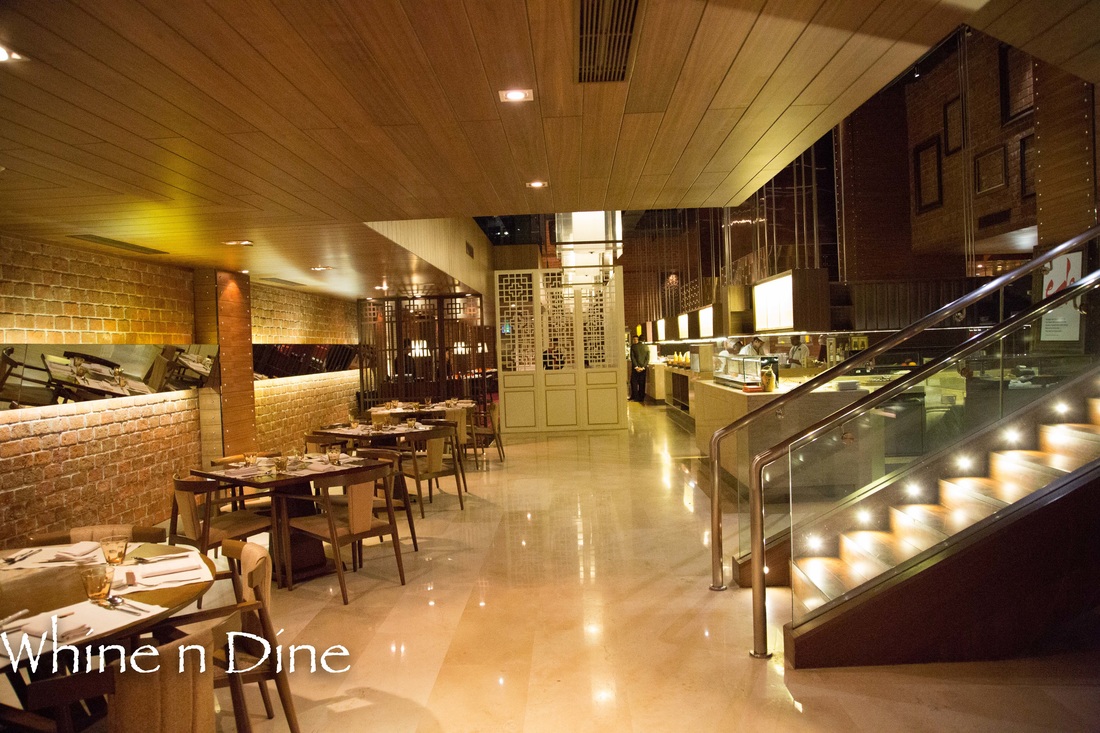
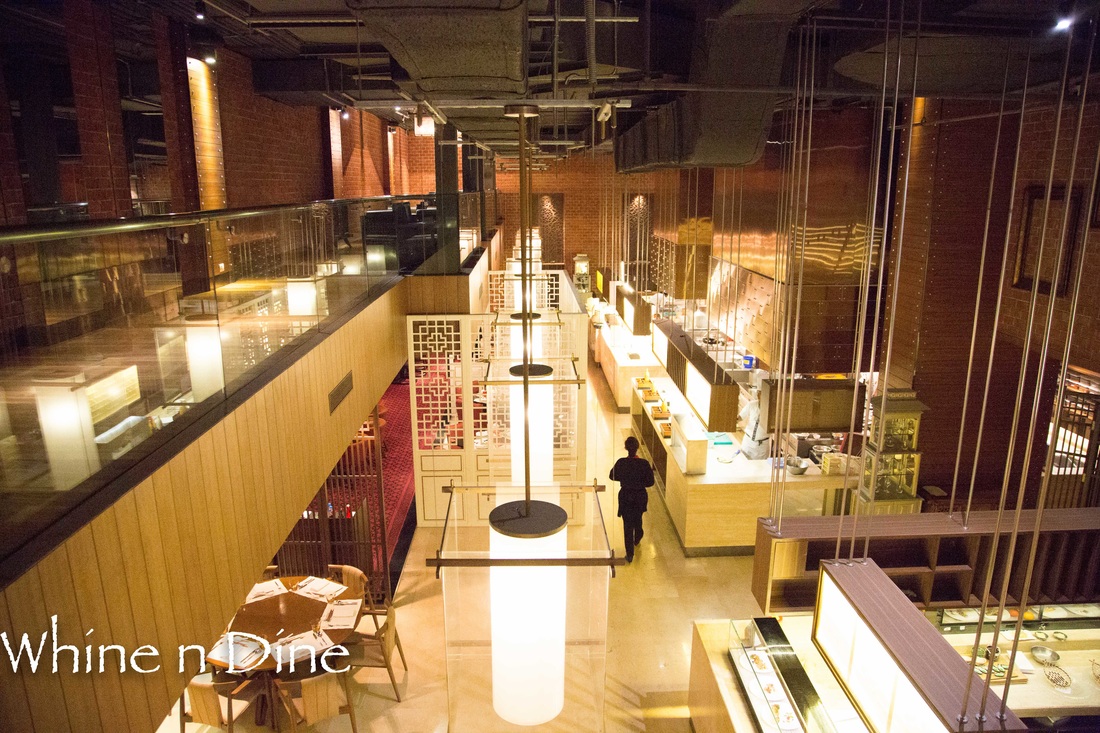

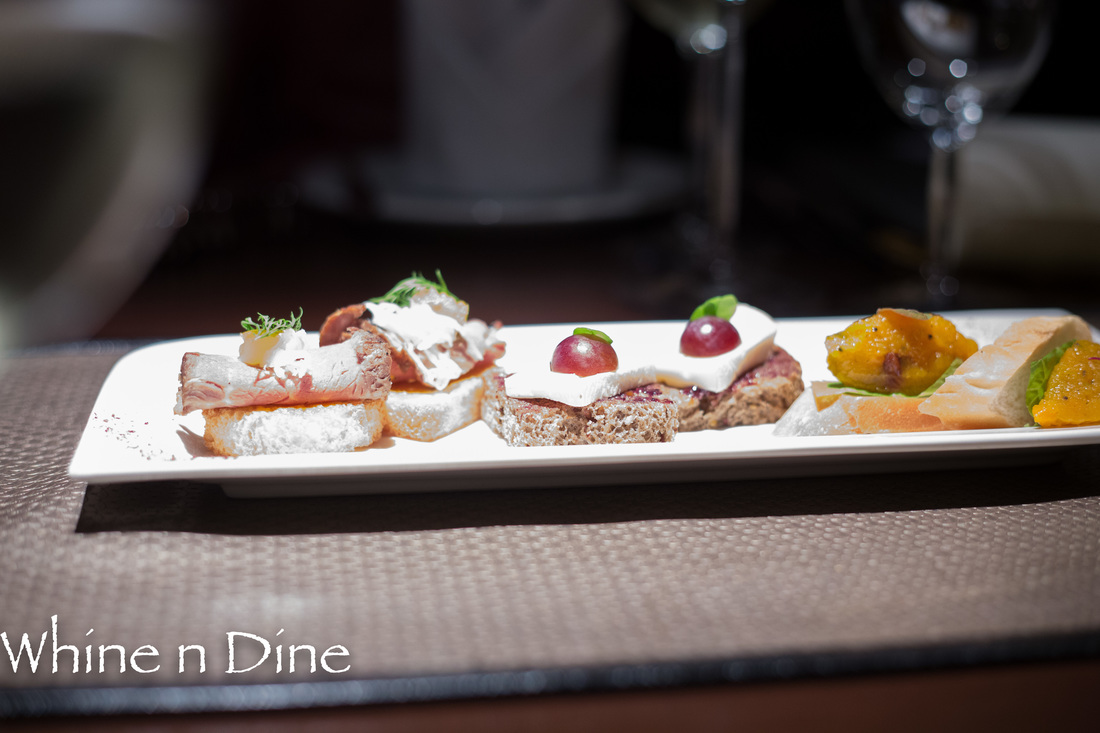
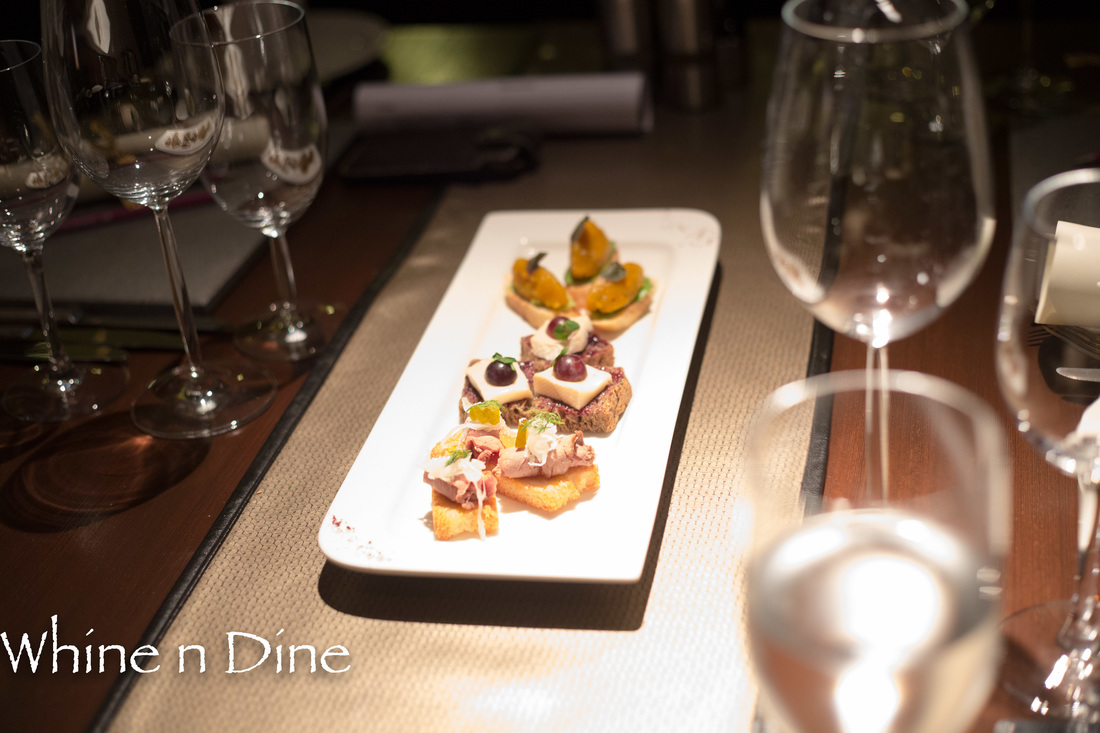

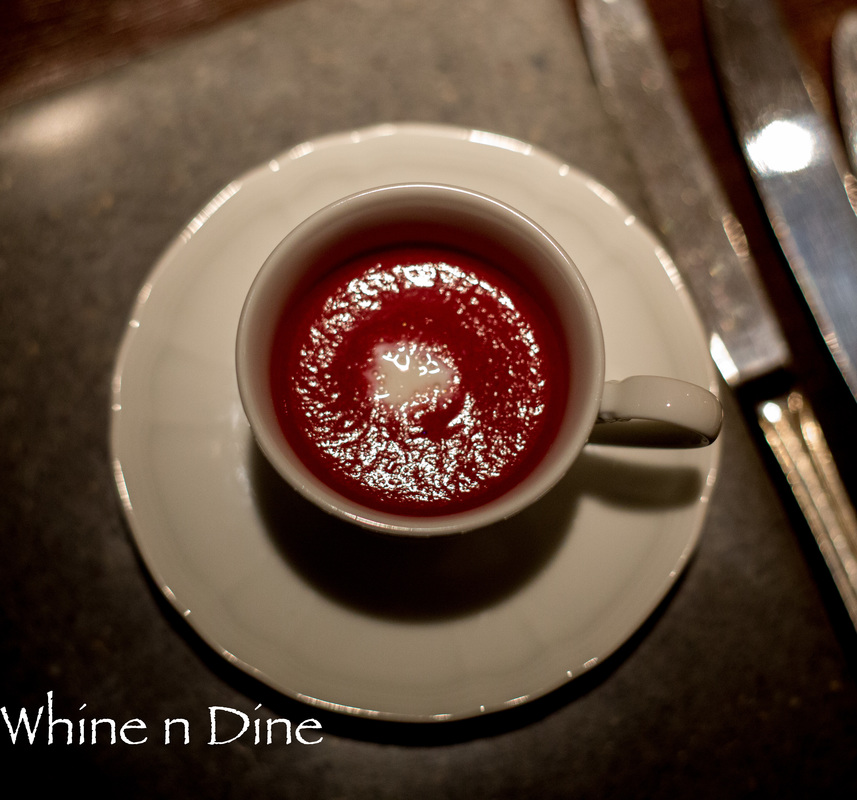
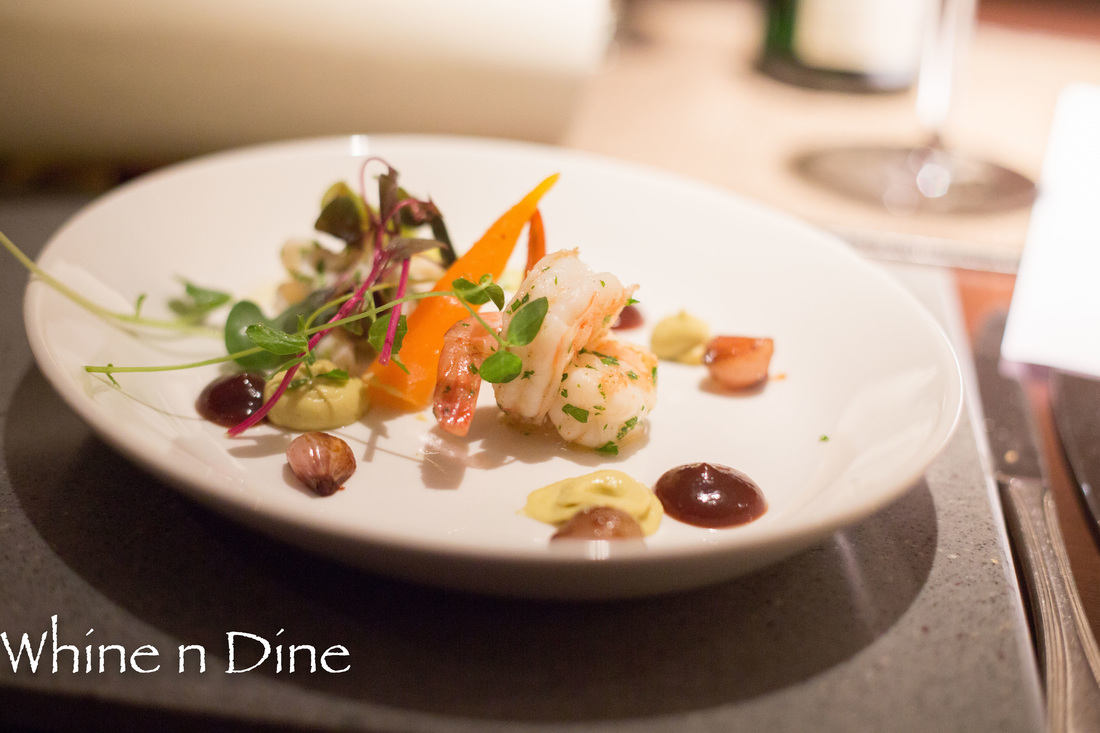
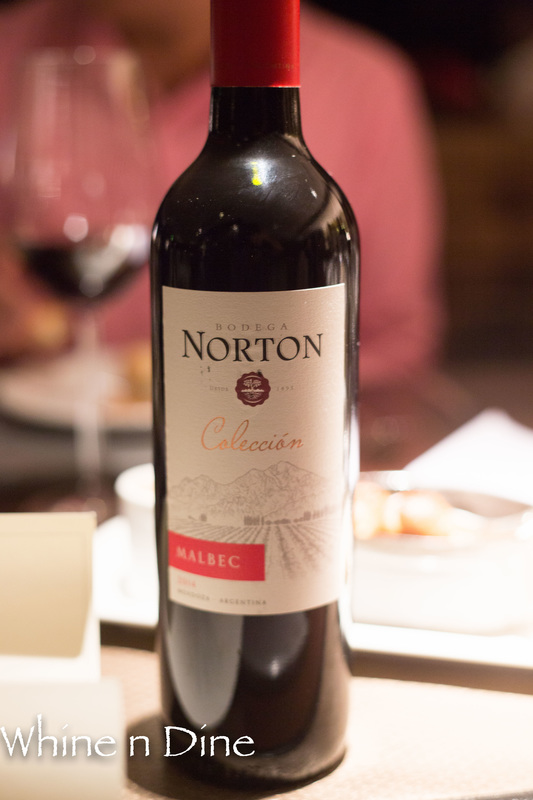
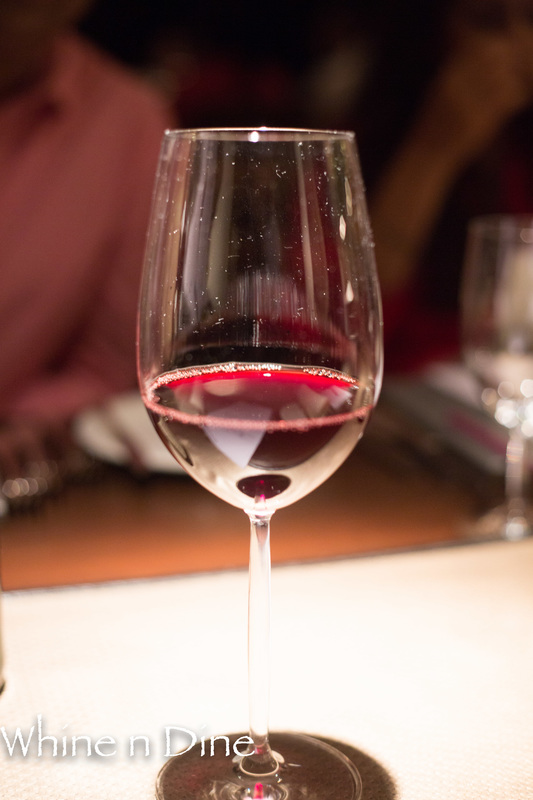





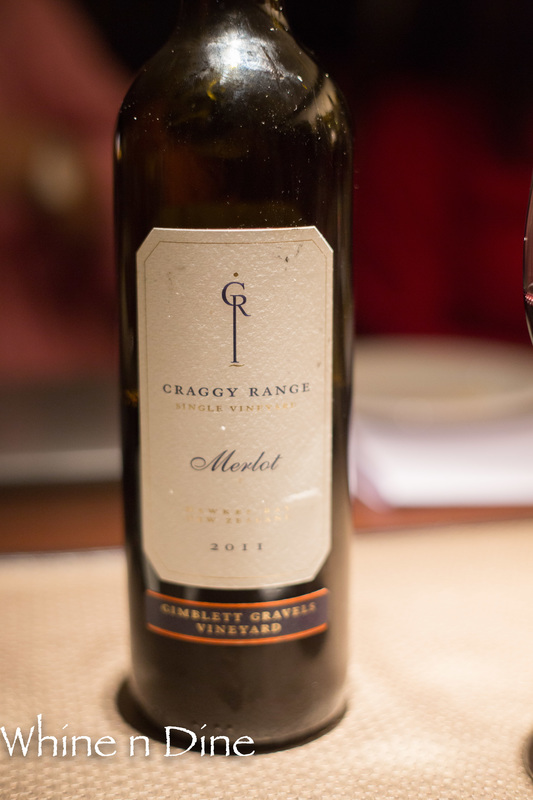

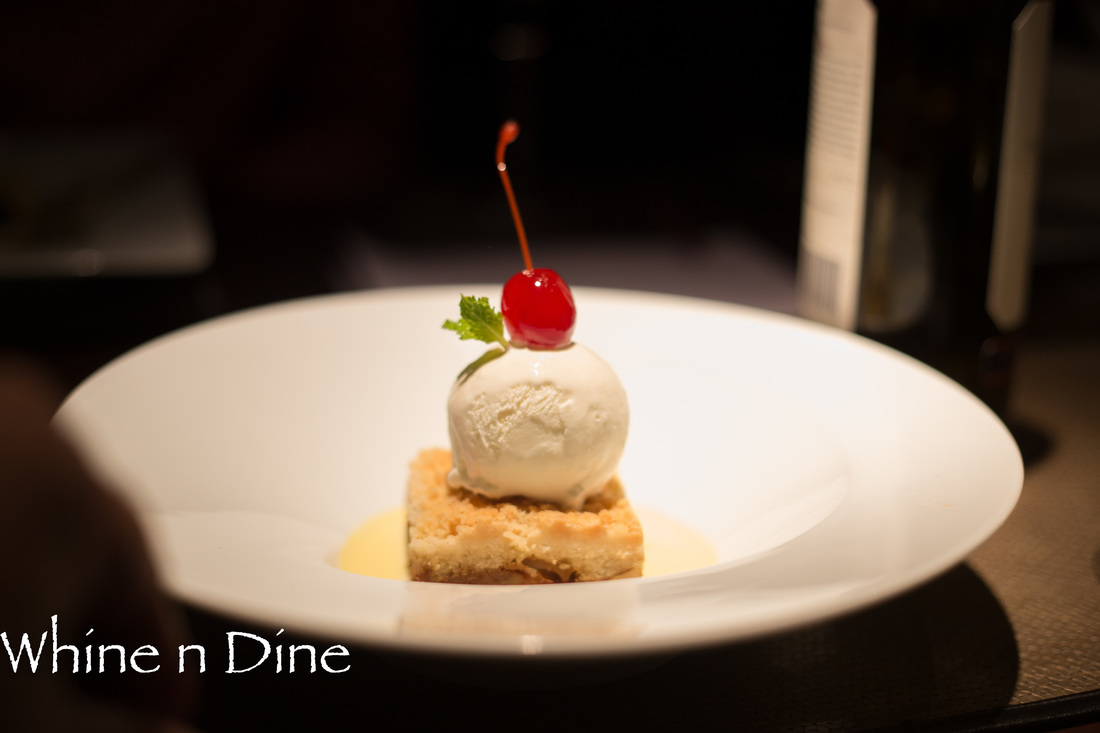

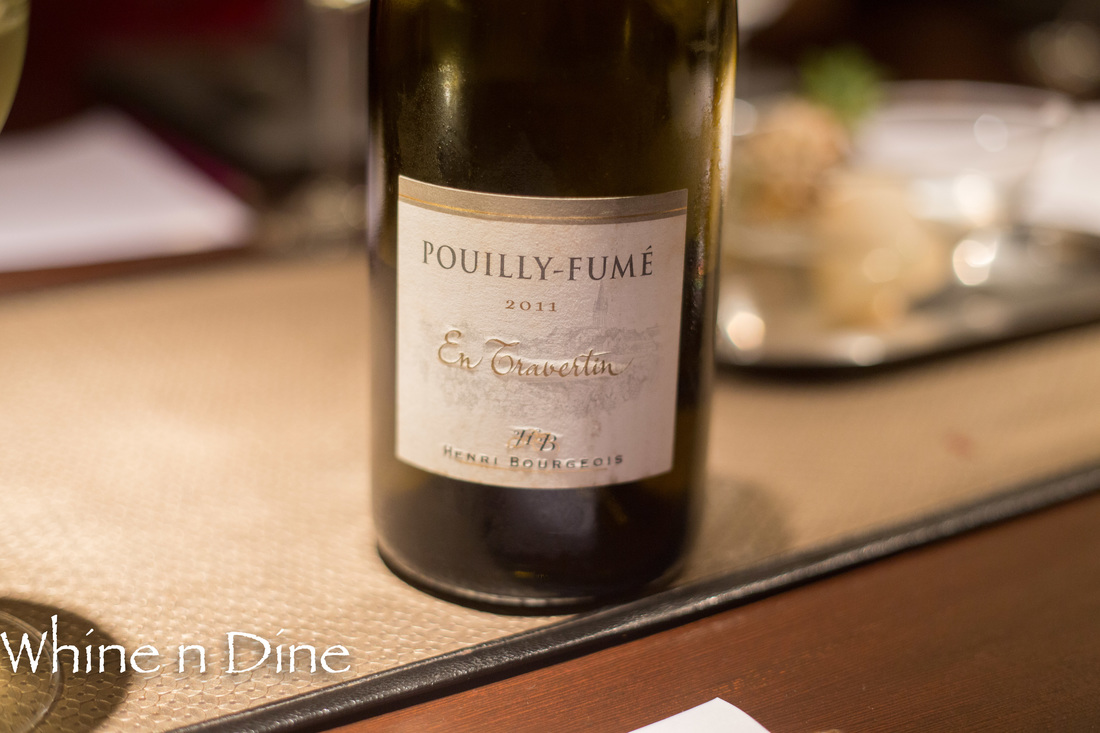



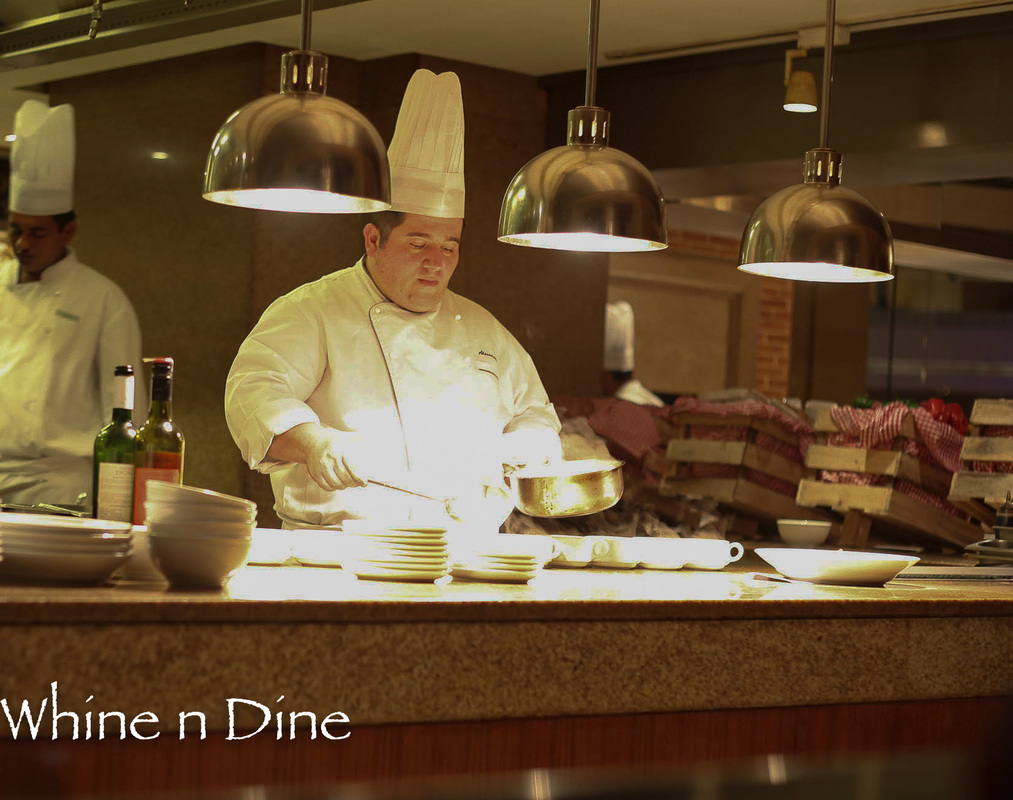
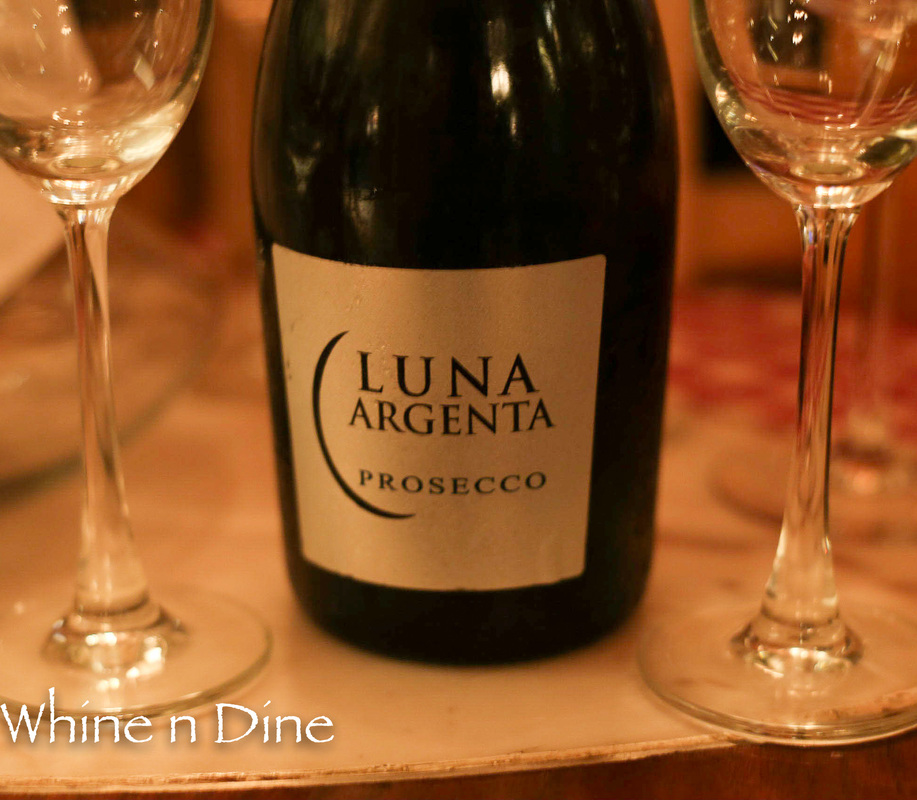
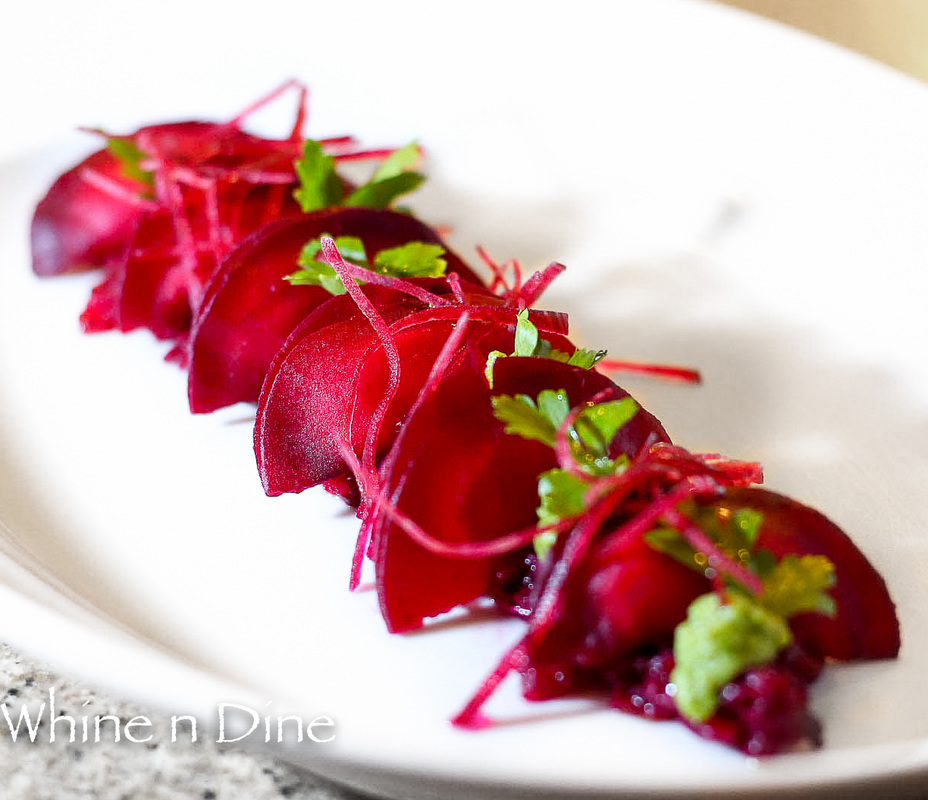
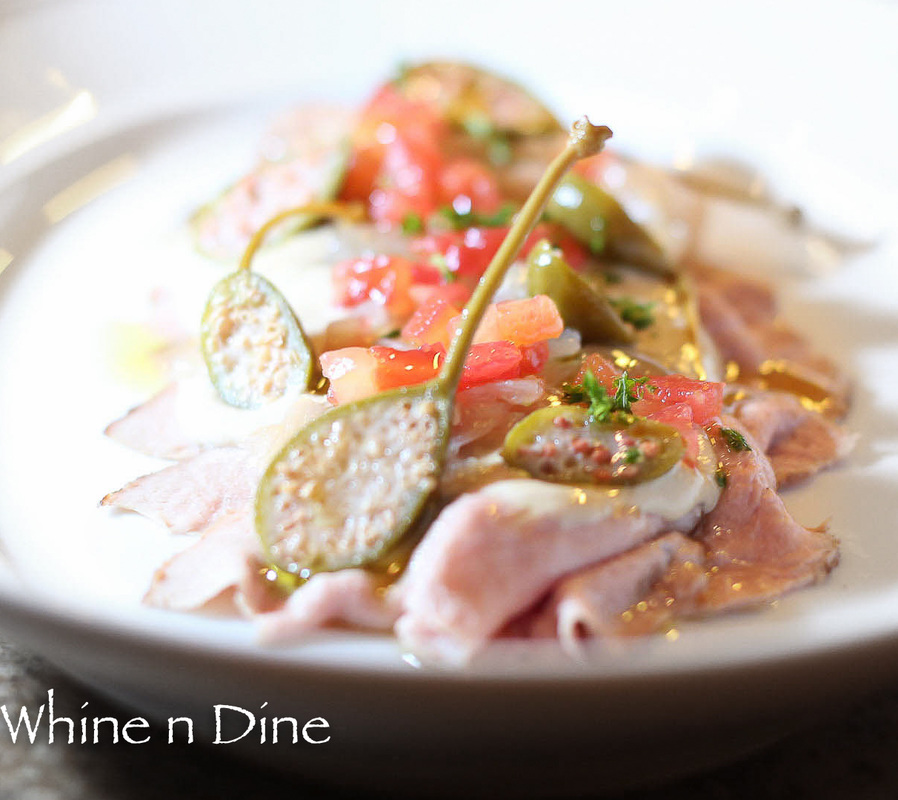

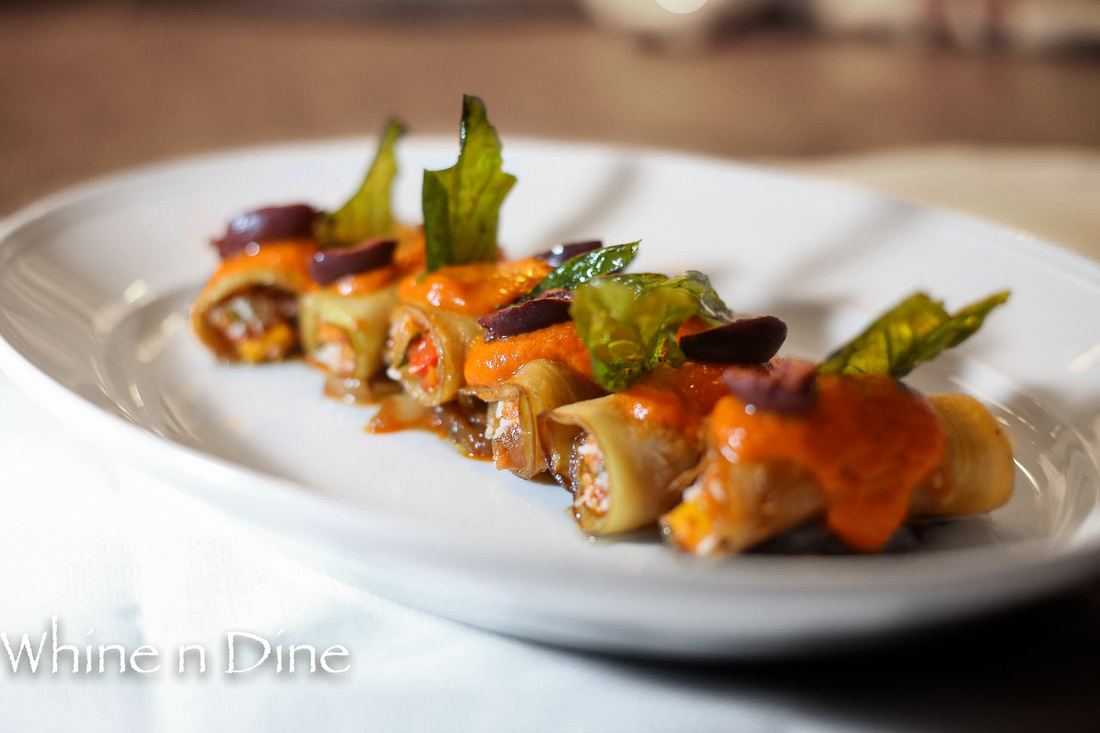
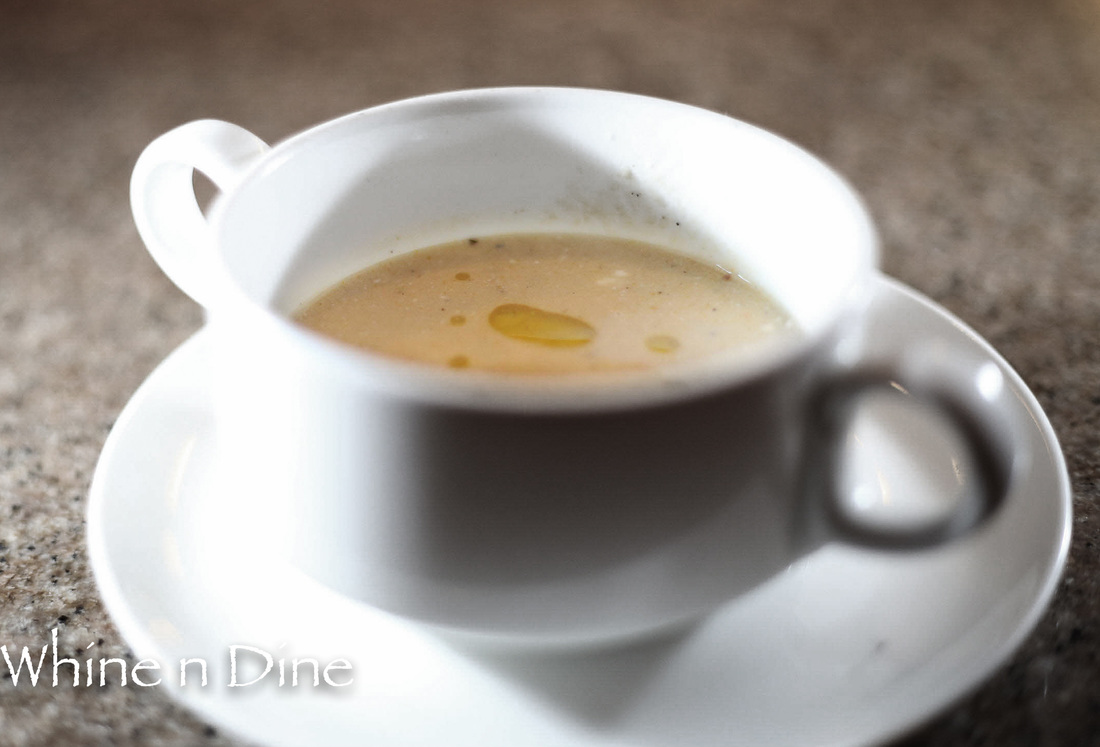
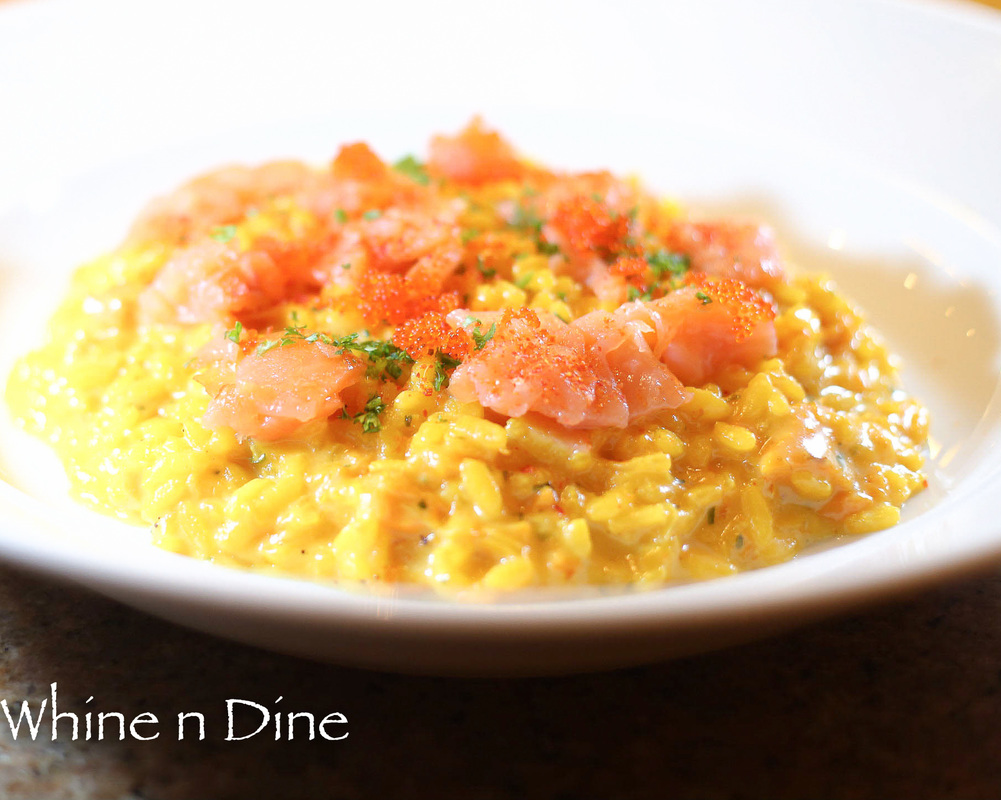

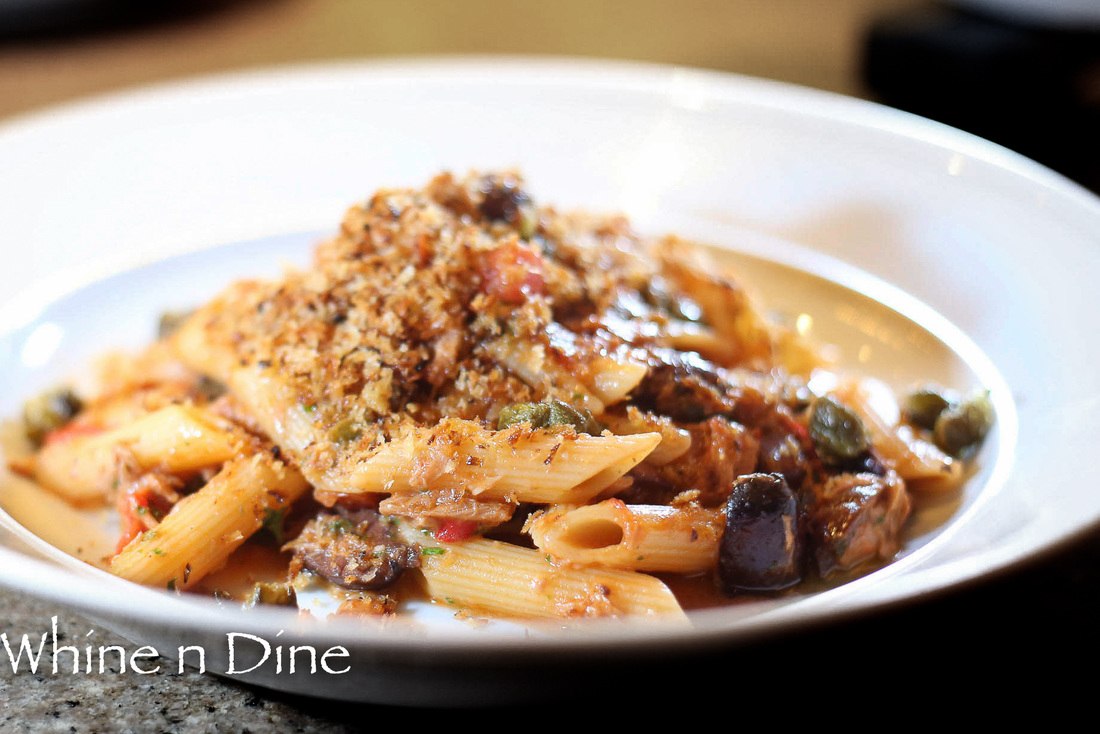
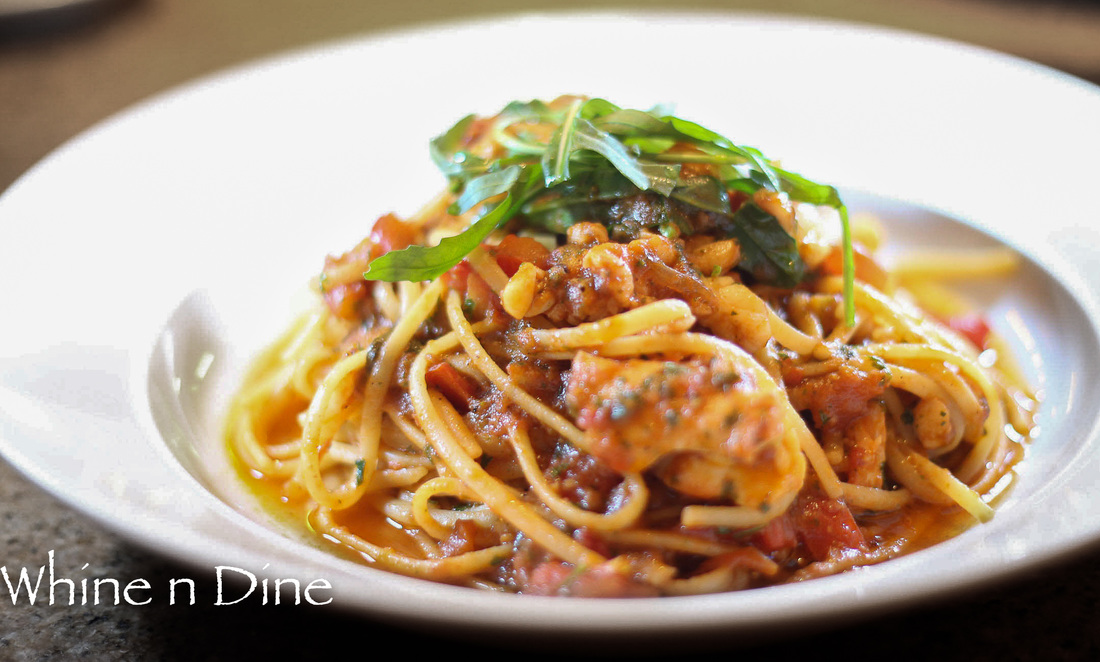


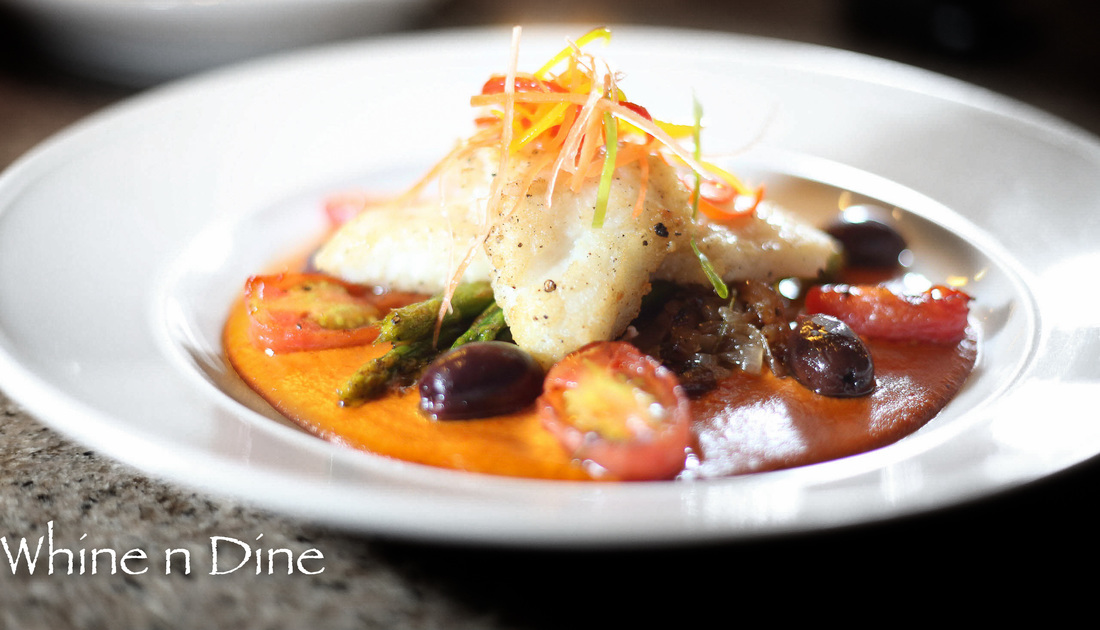
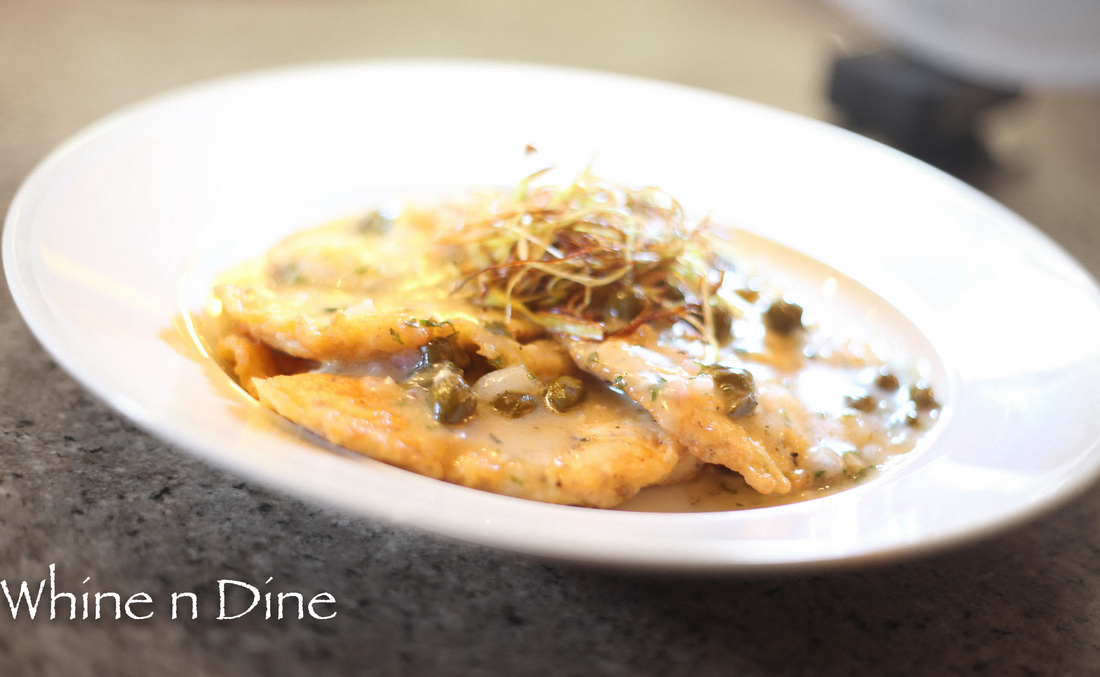
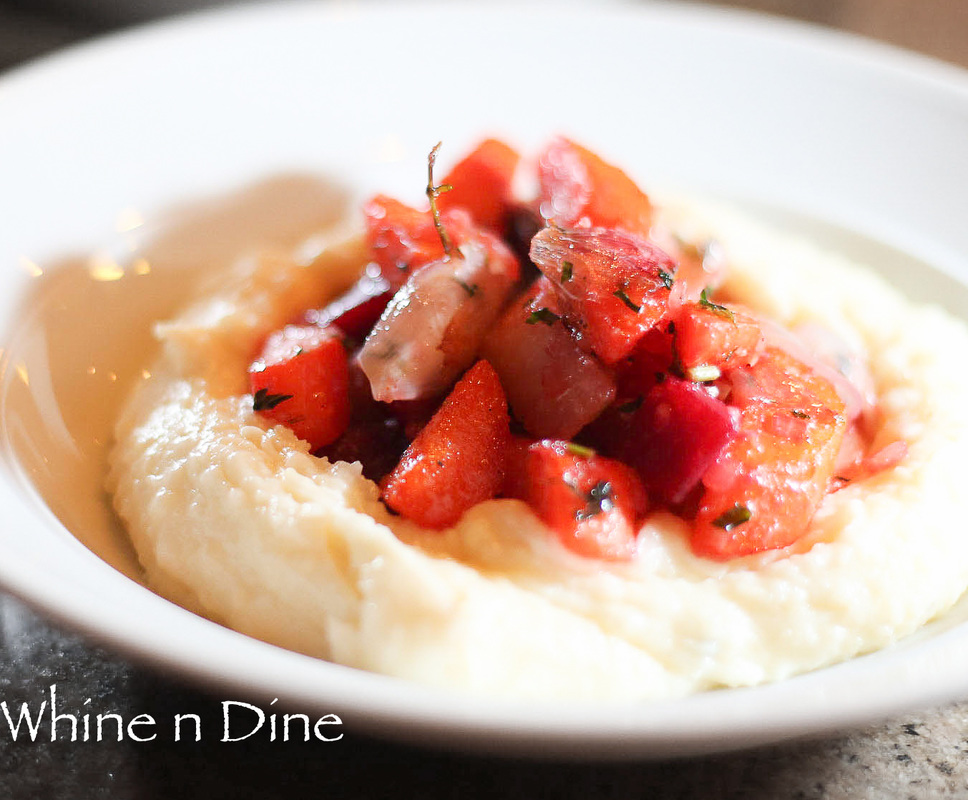
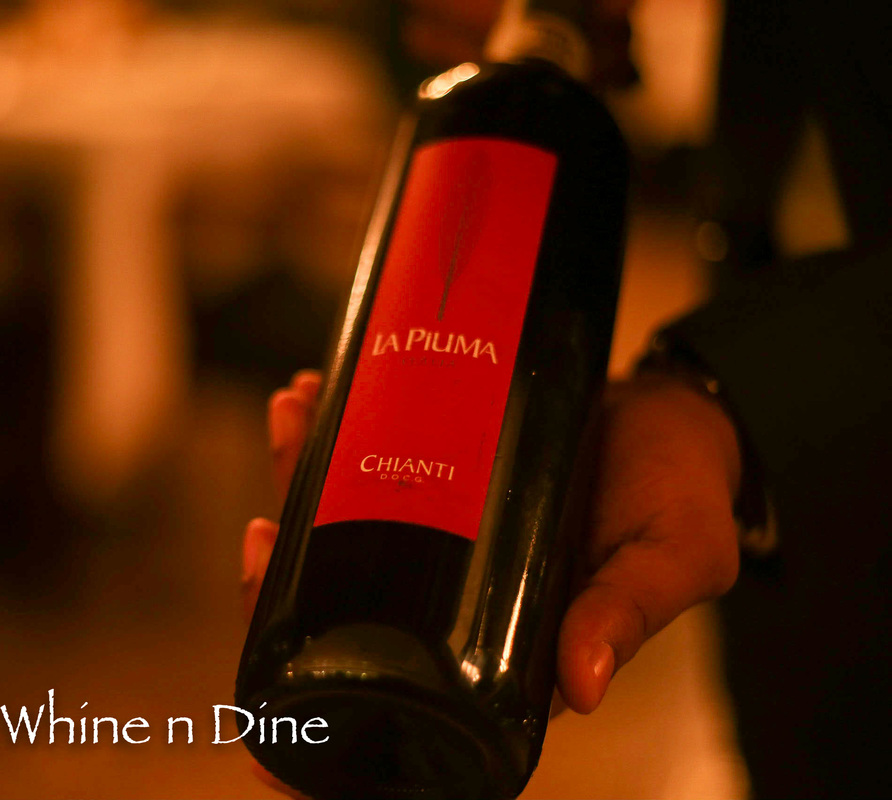
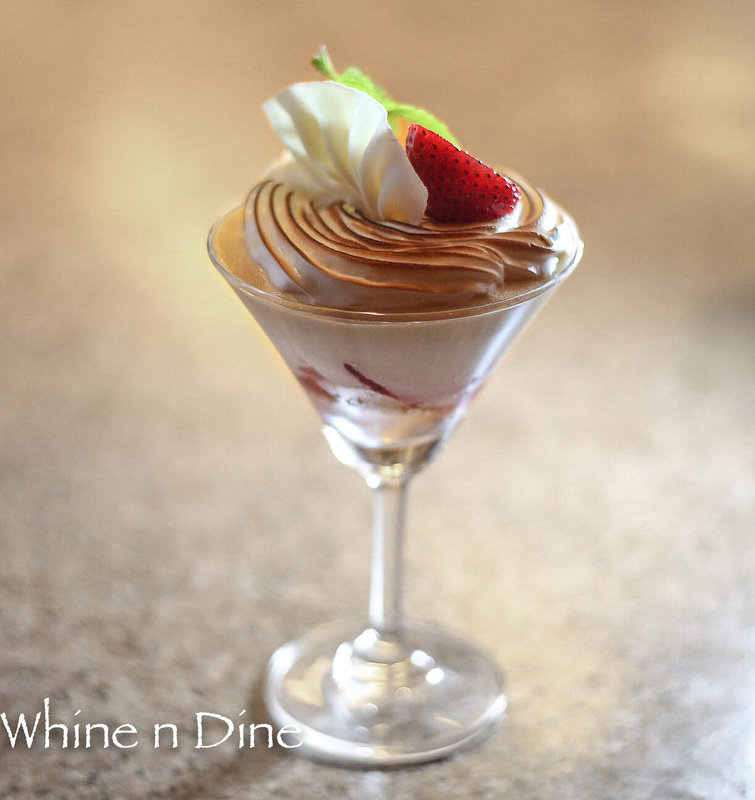
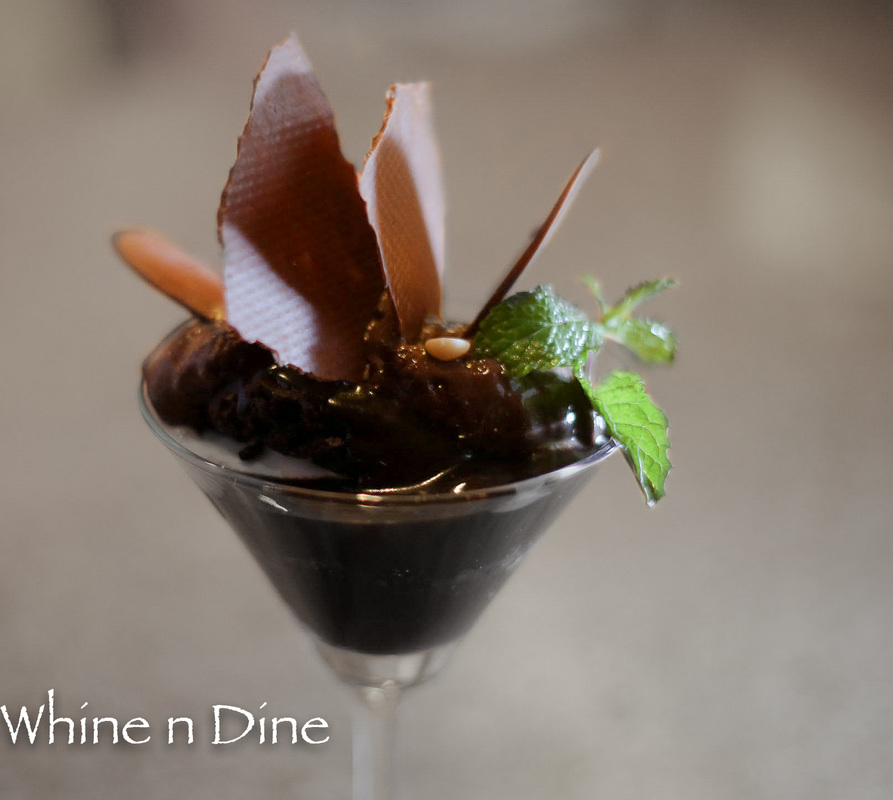

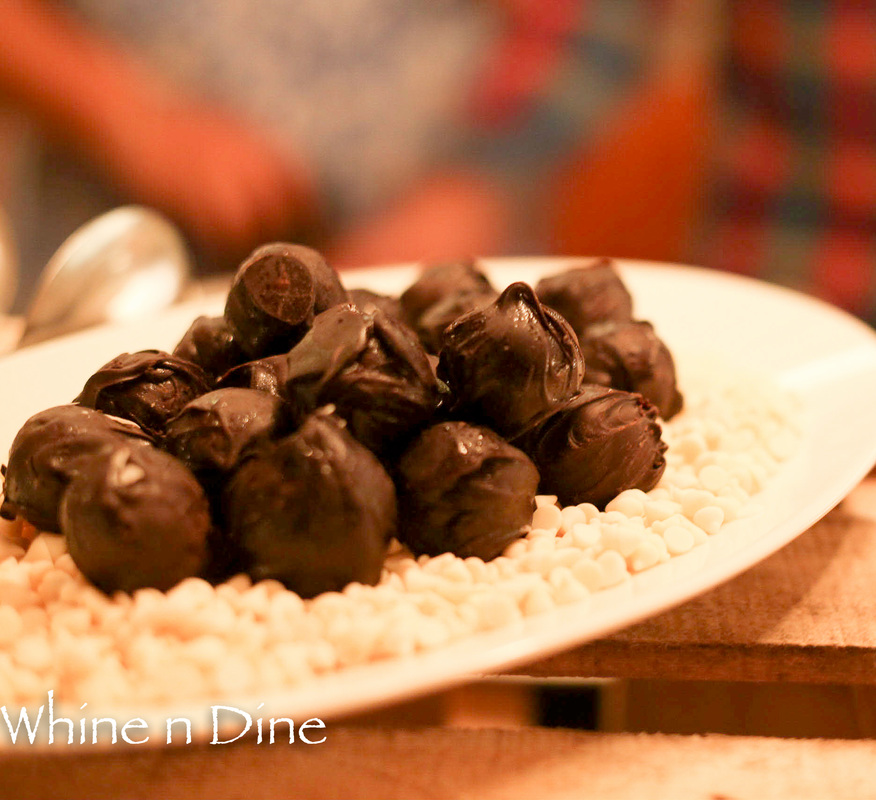
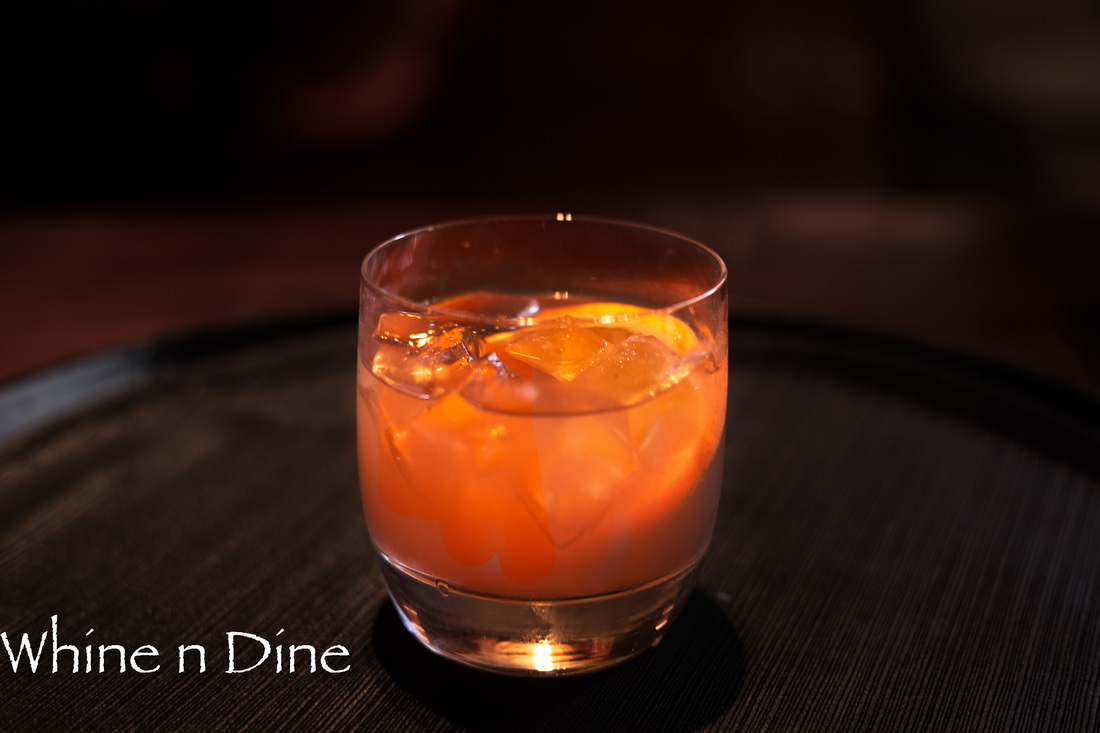
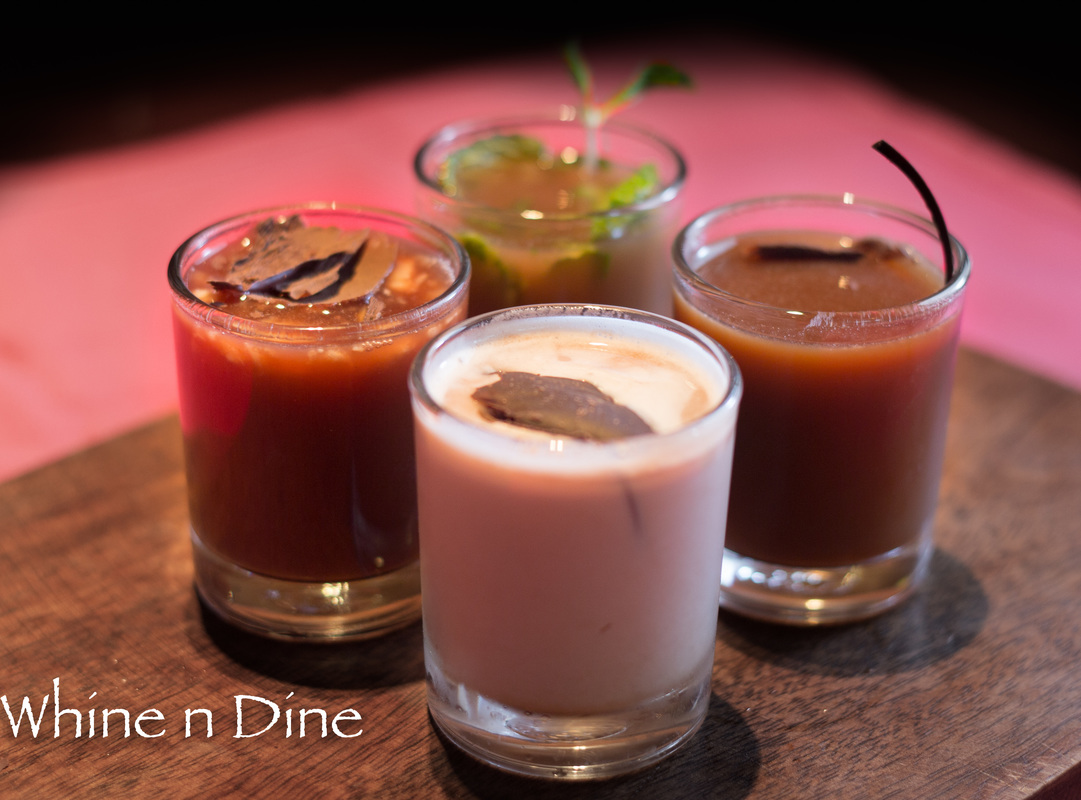


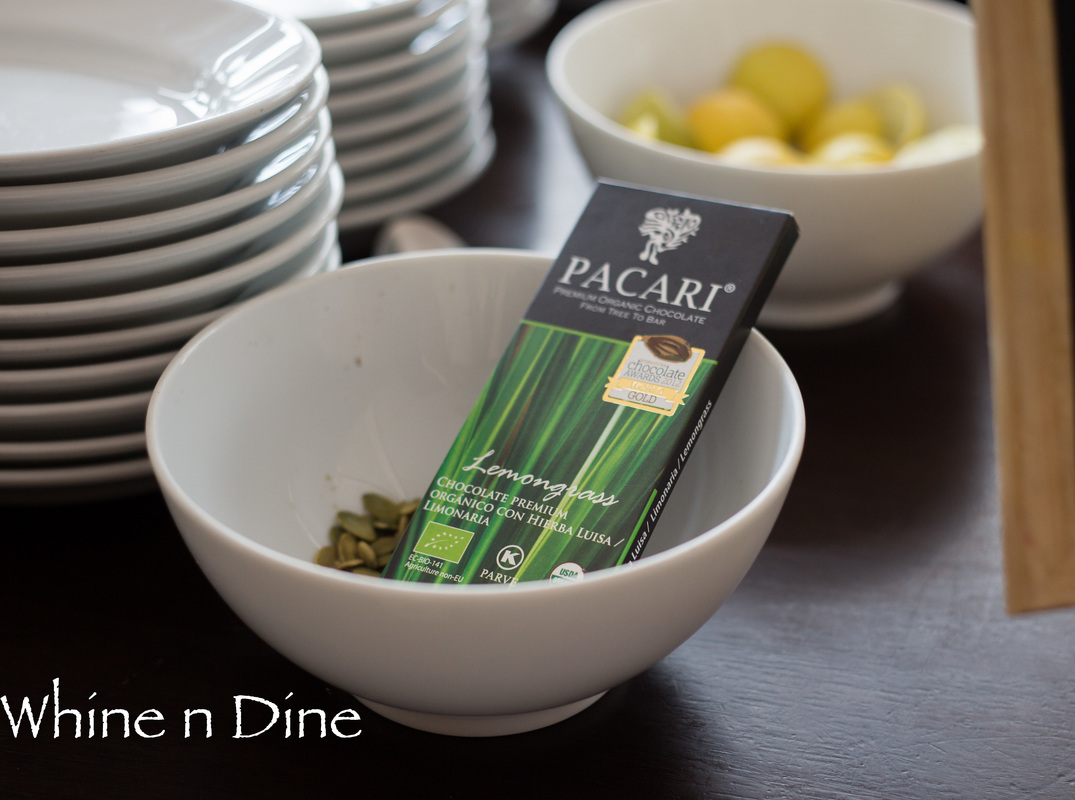
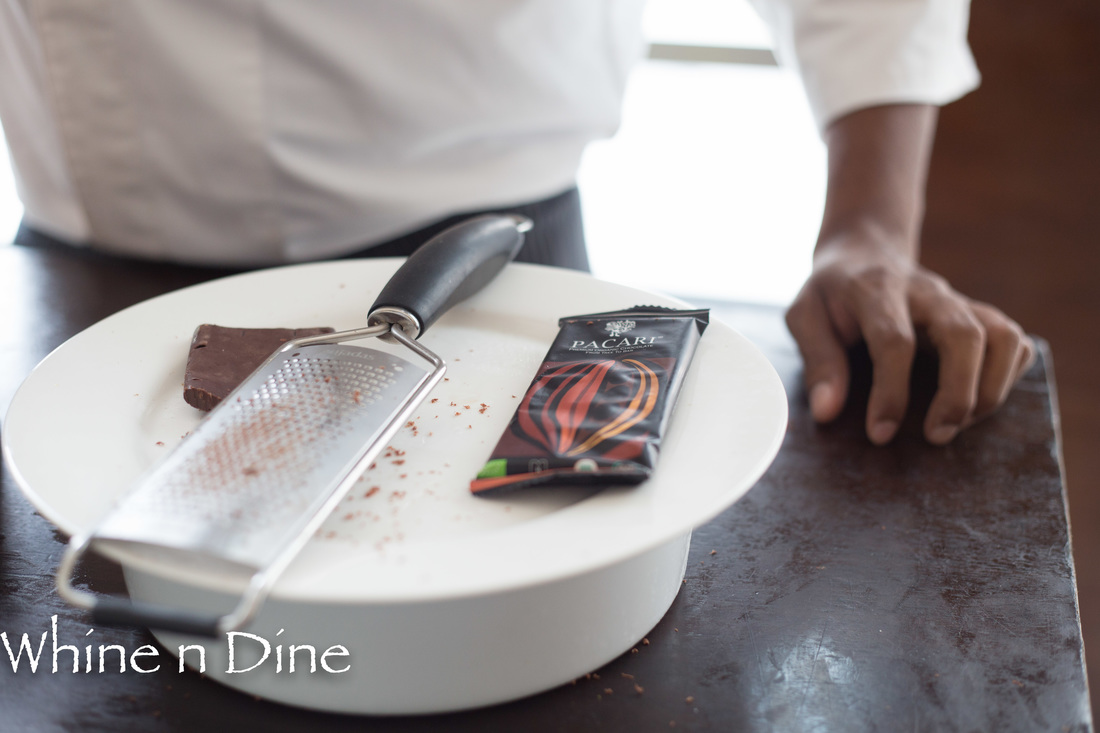

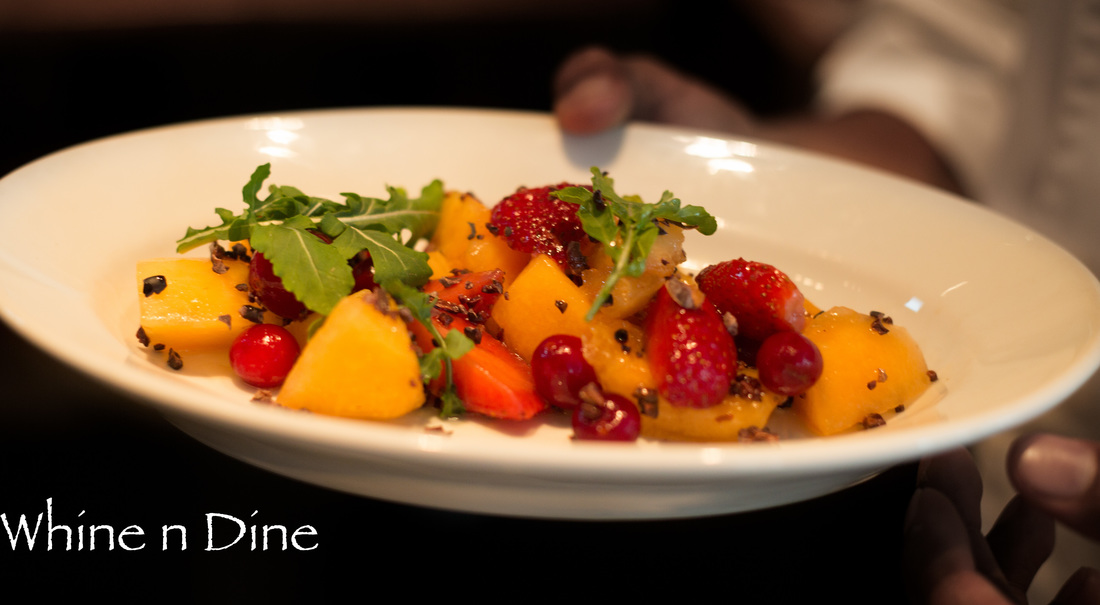

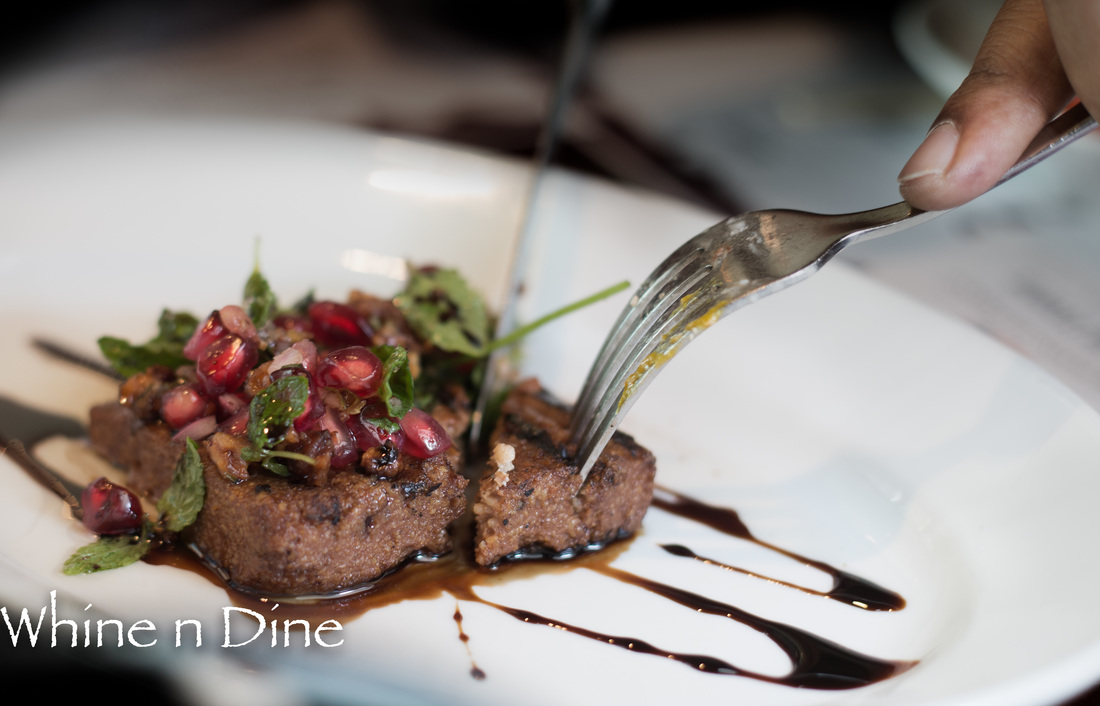
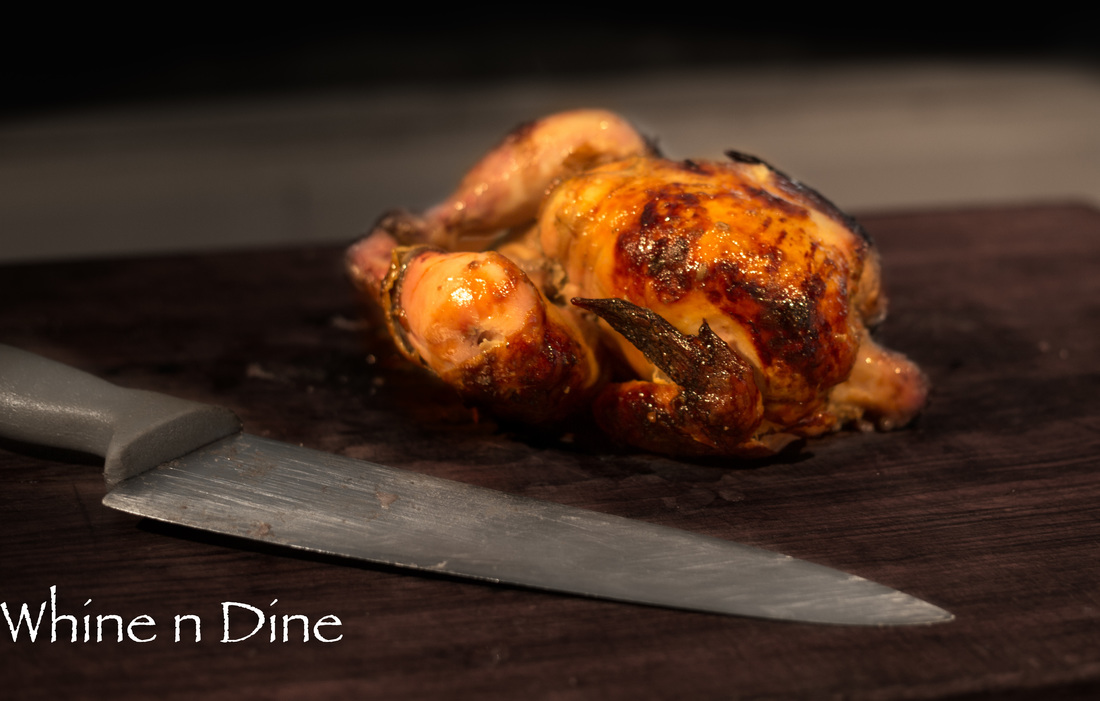

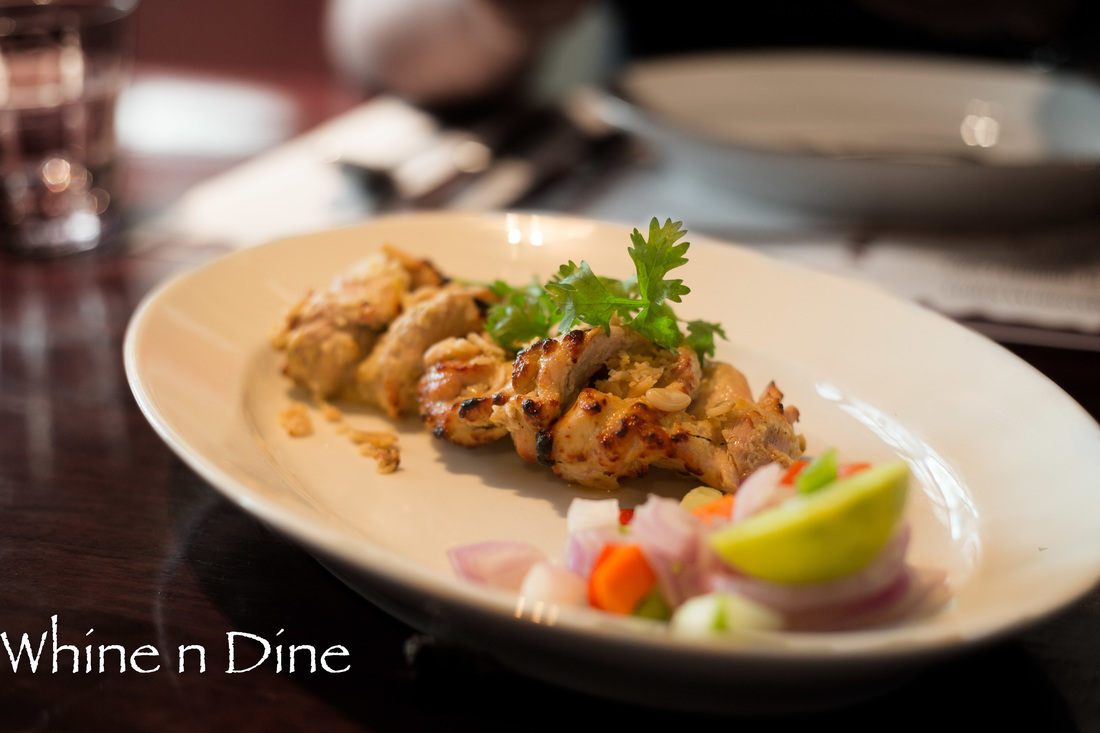




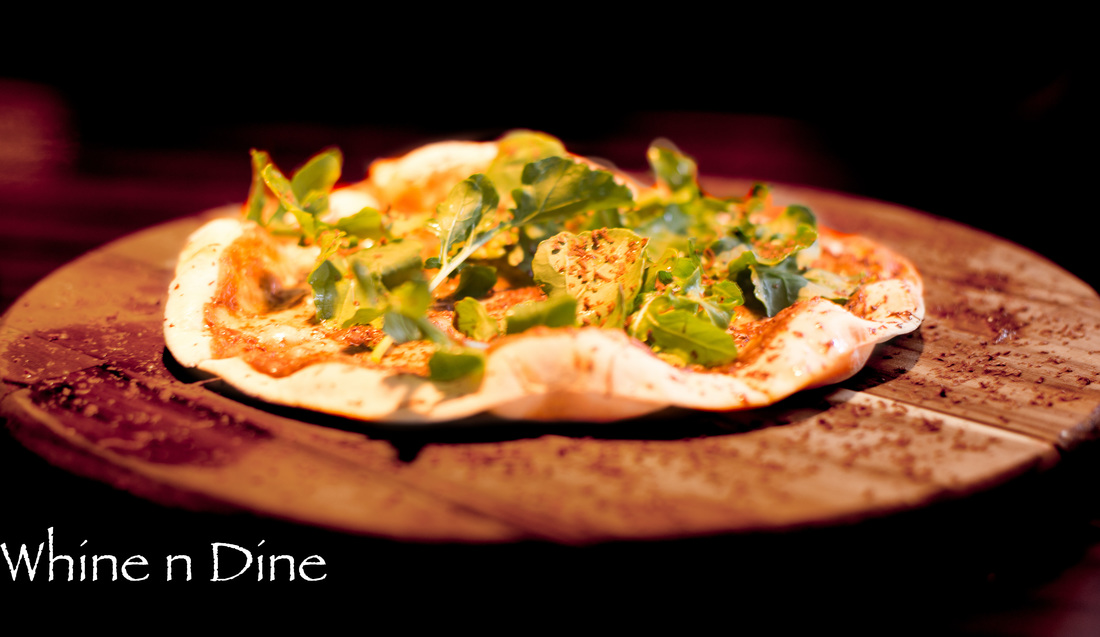

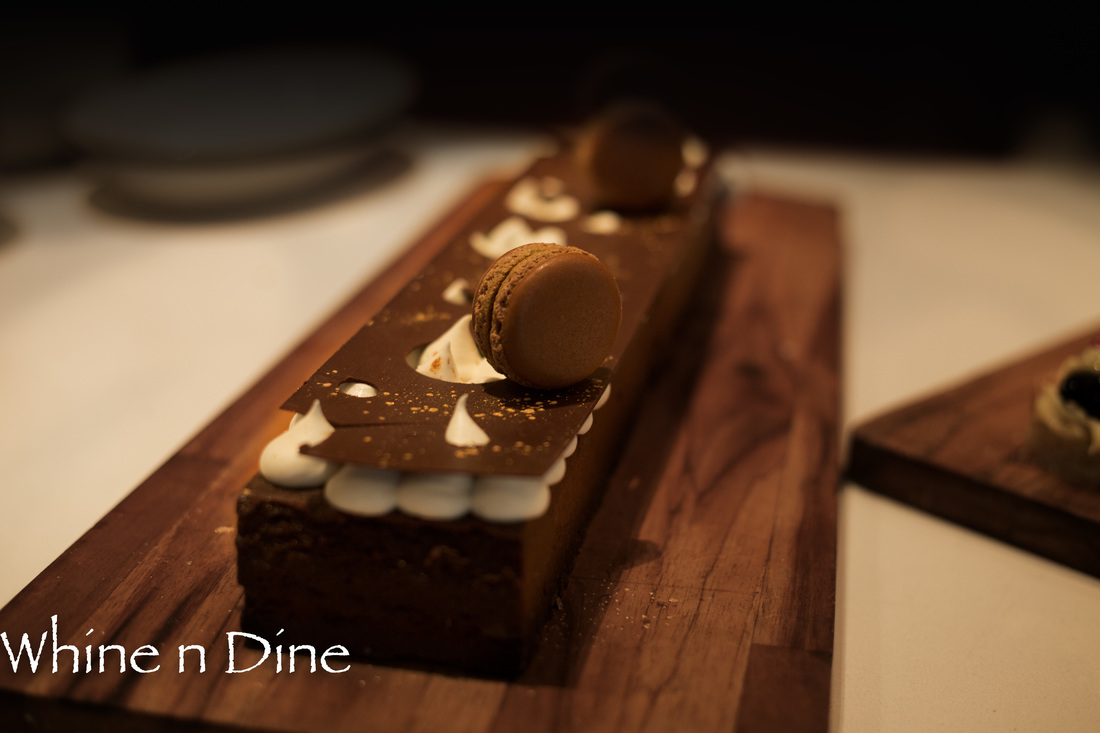
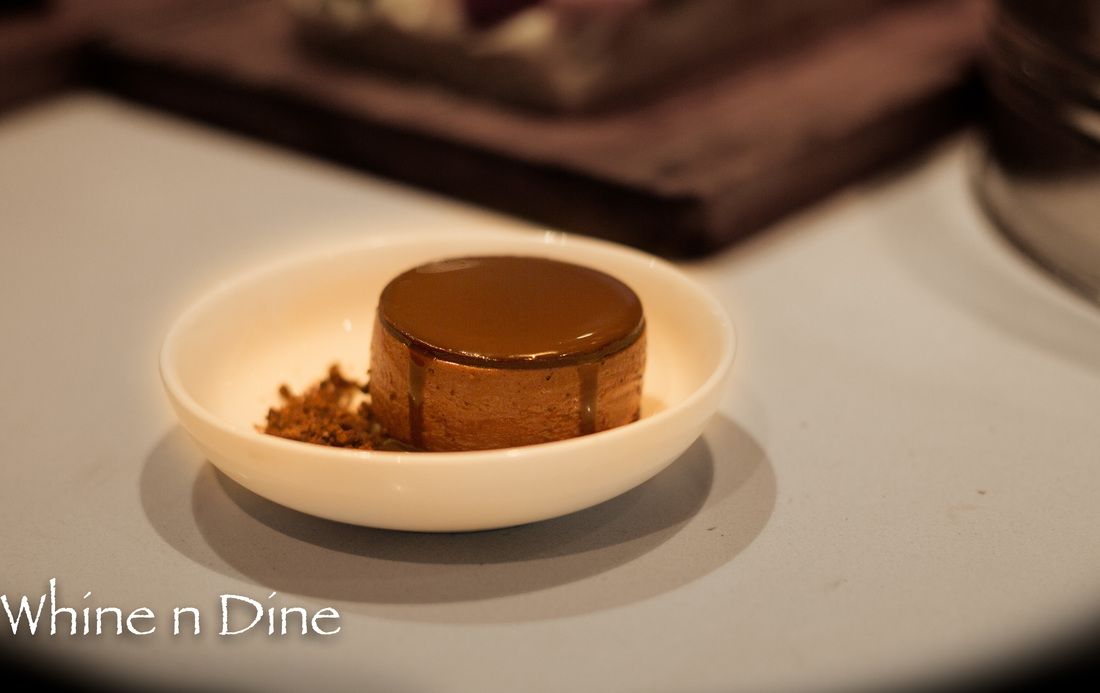
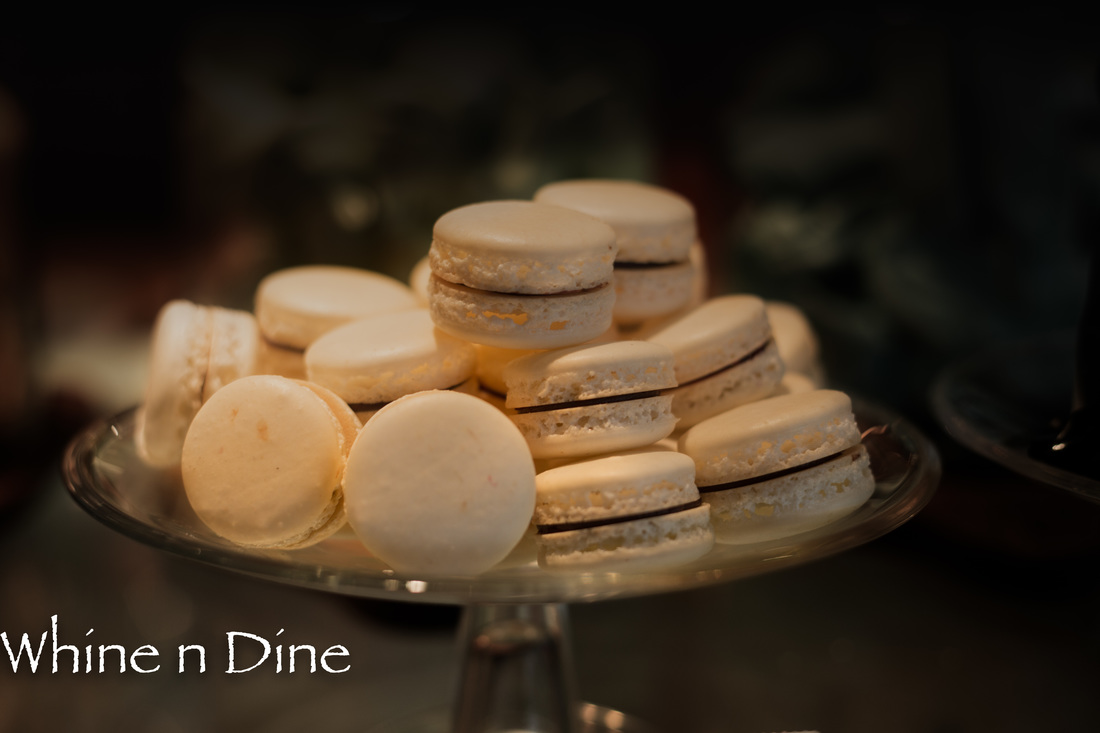
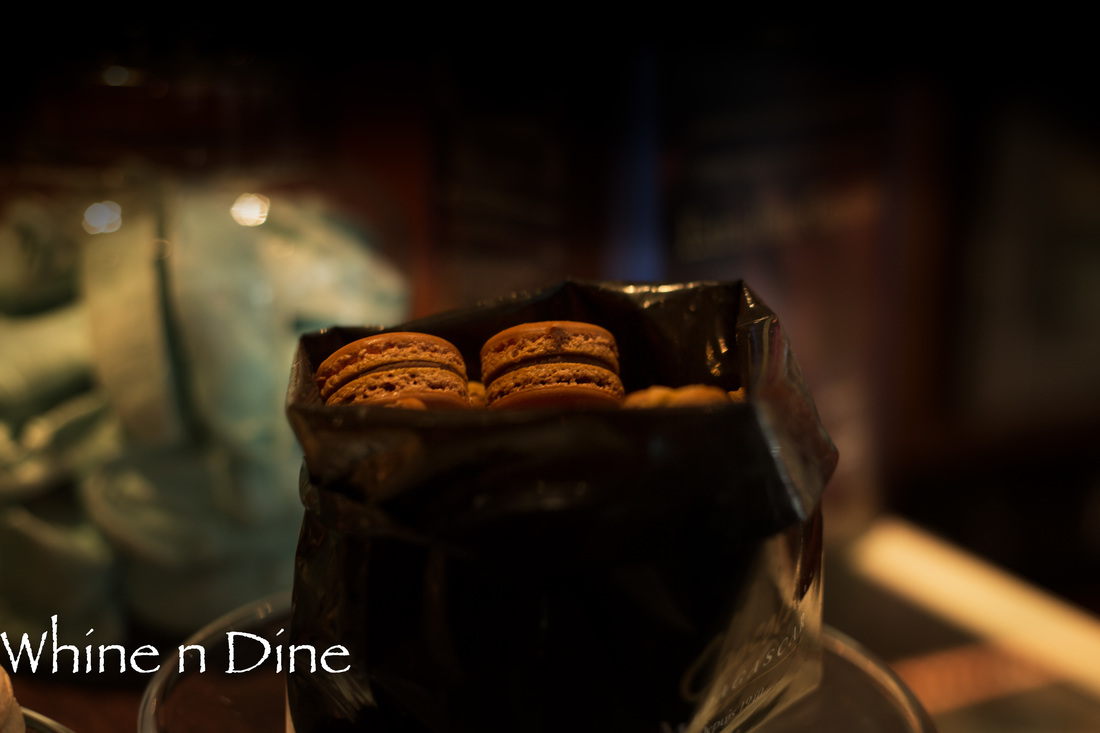
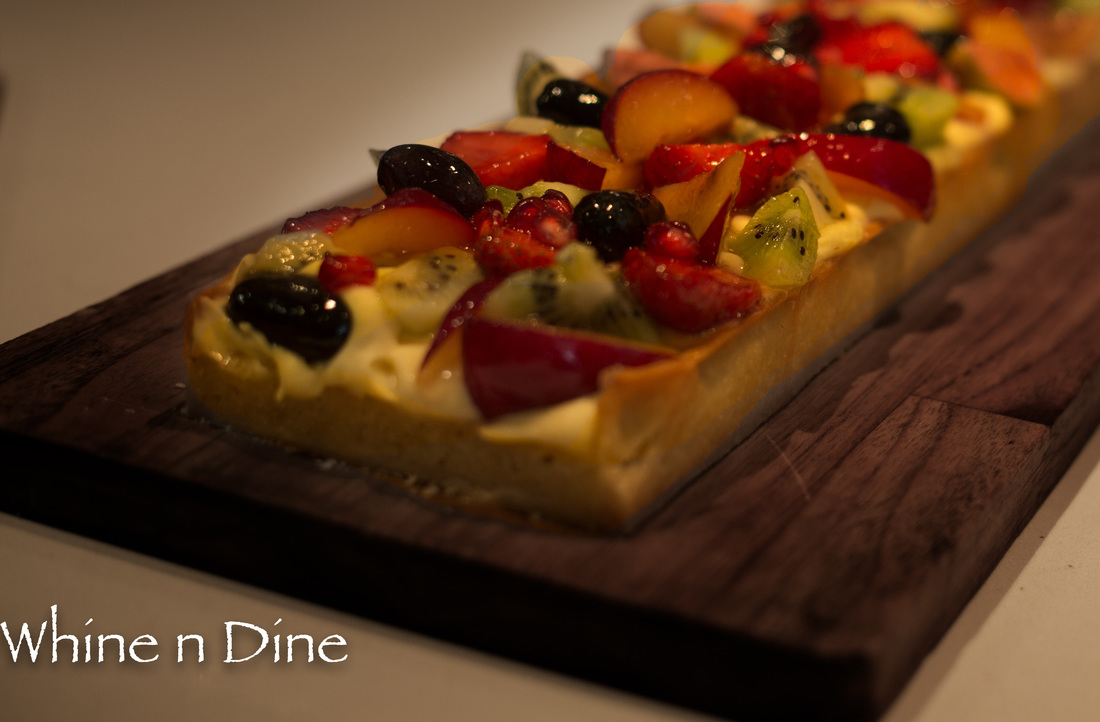
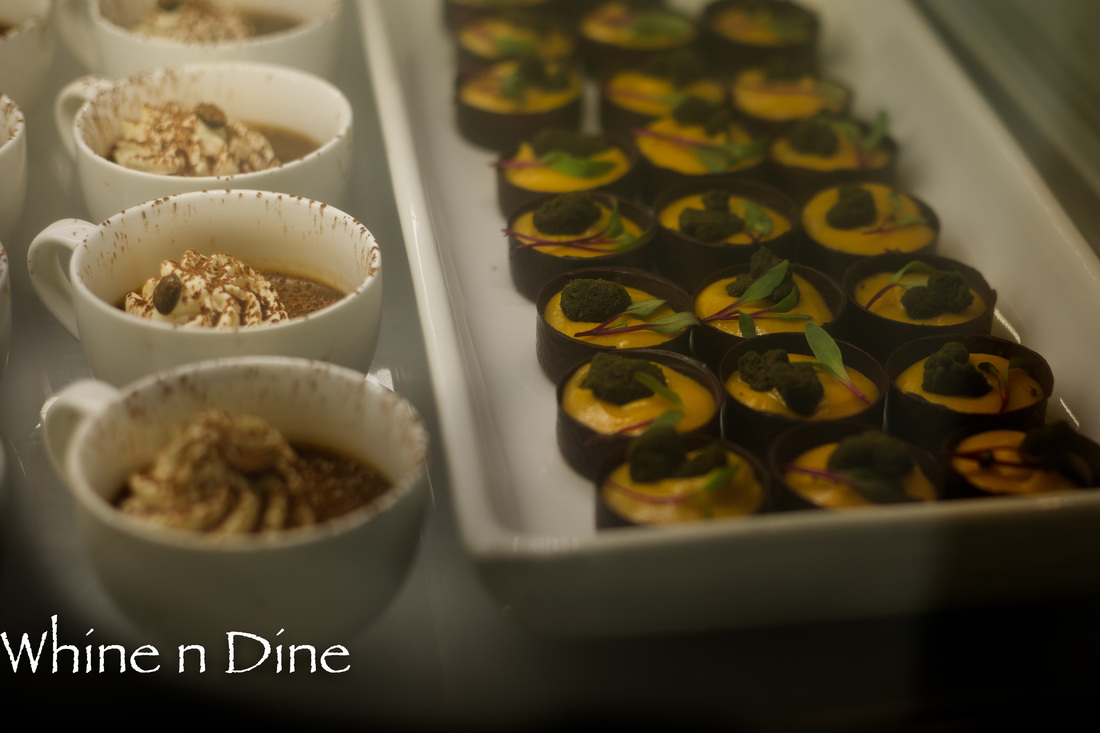
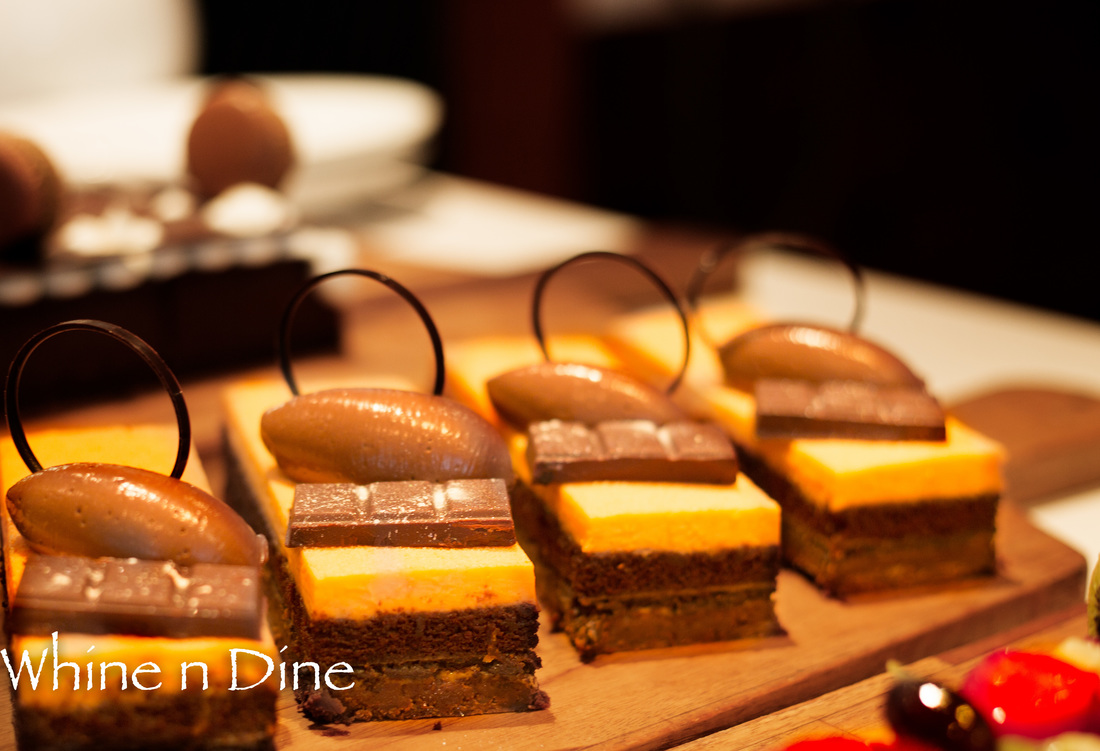
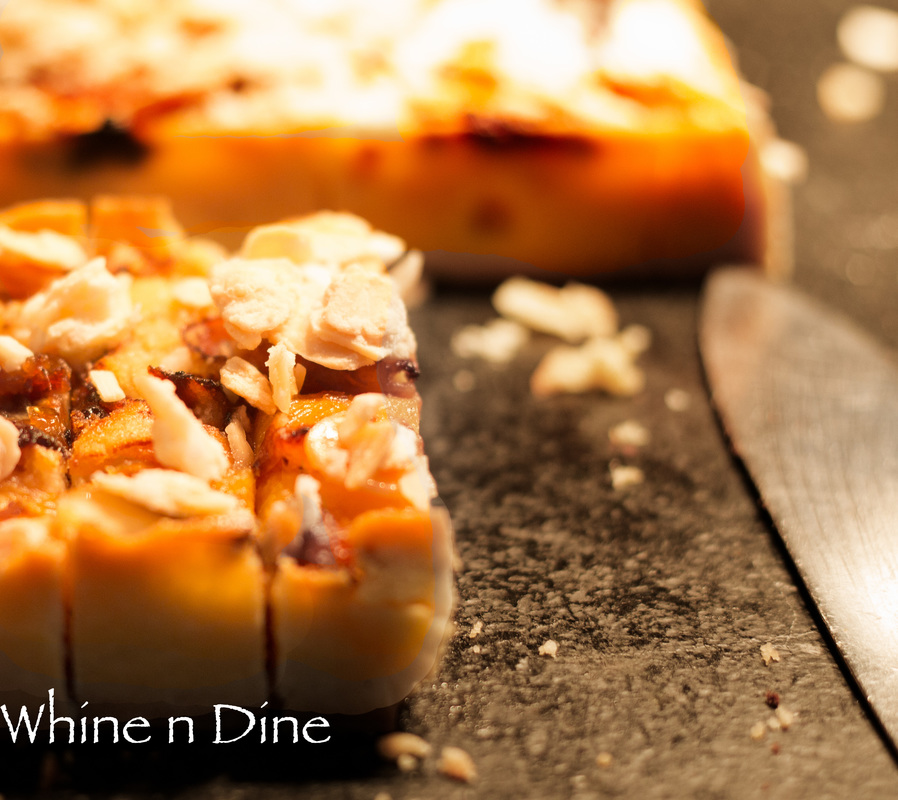


 RSS Feed
RSS Feed